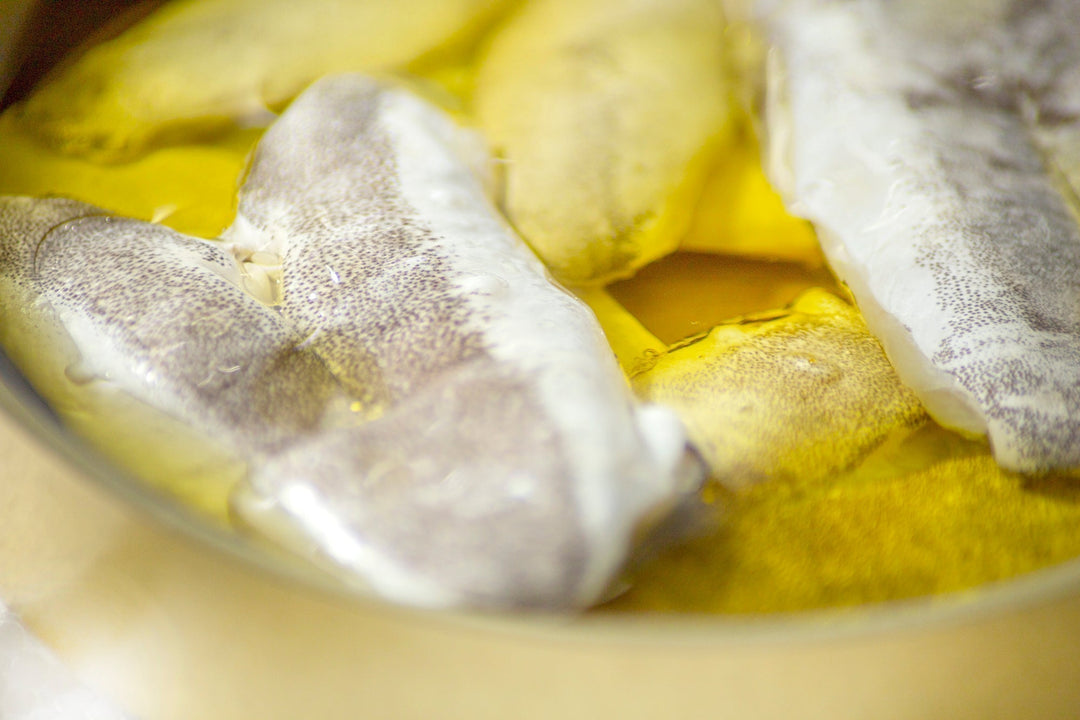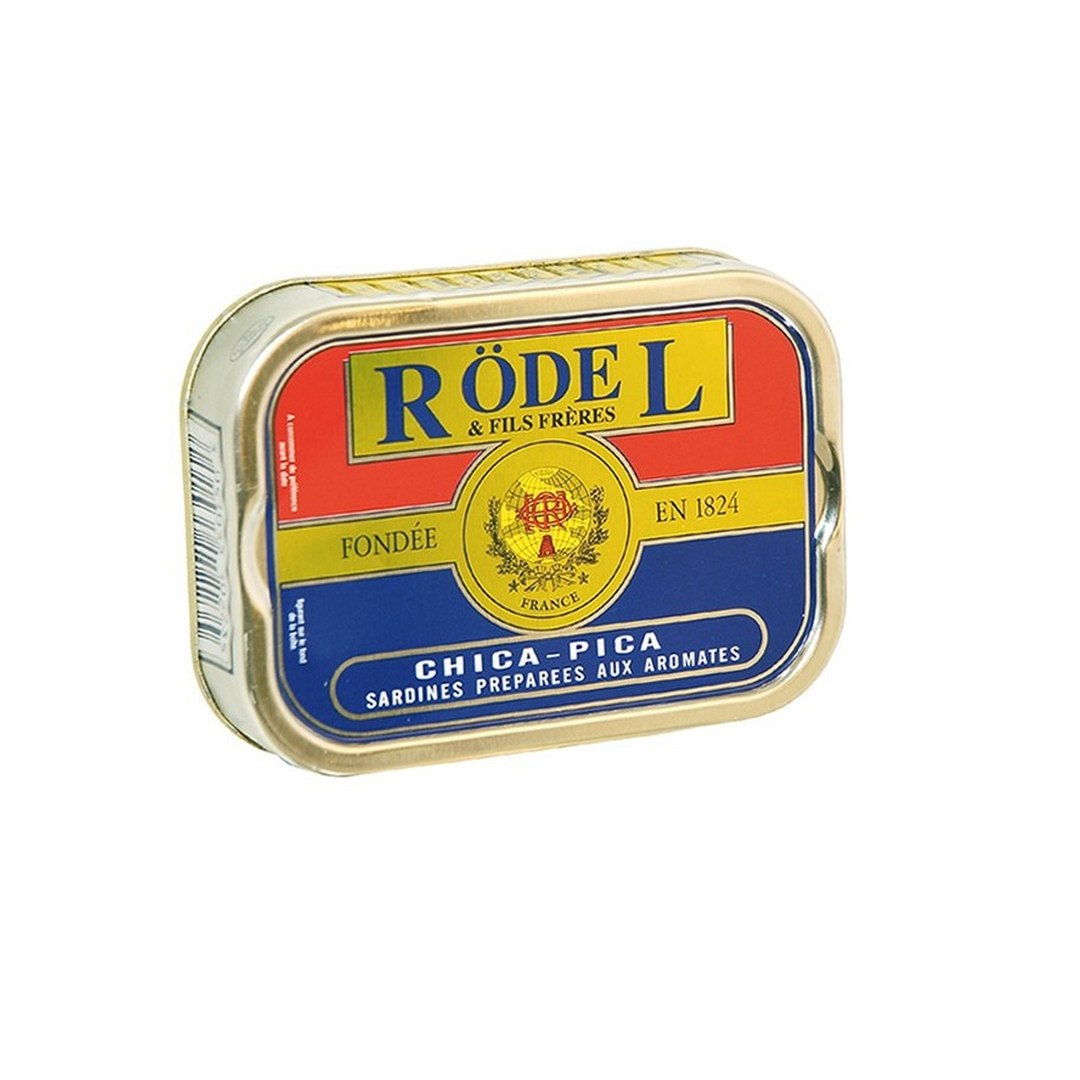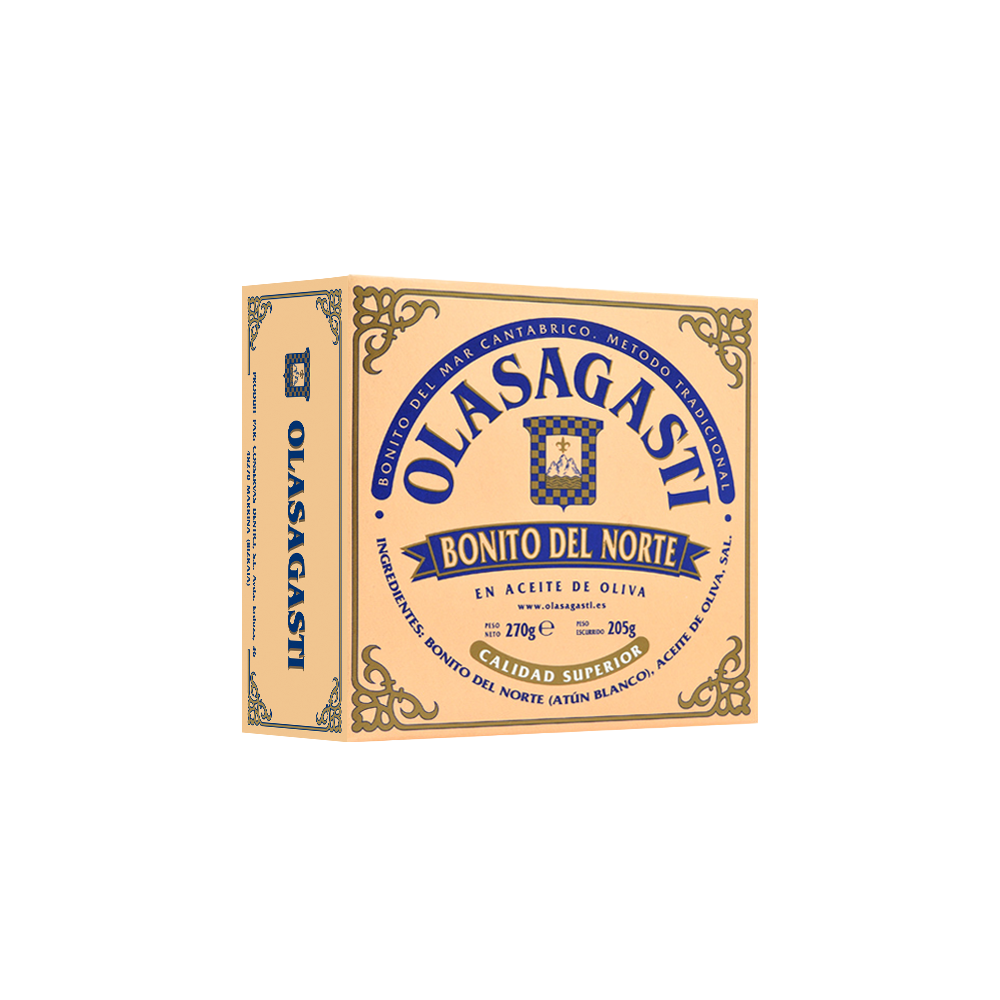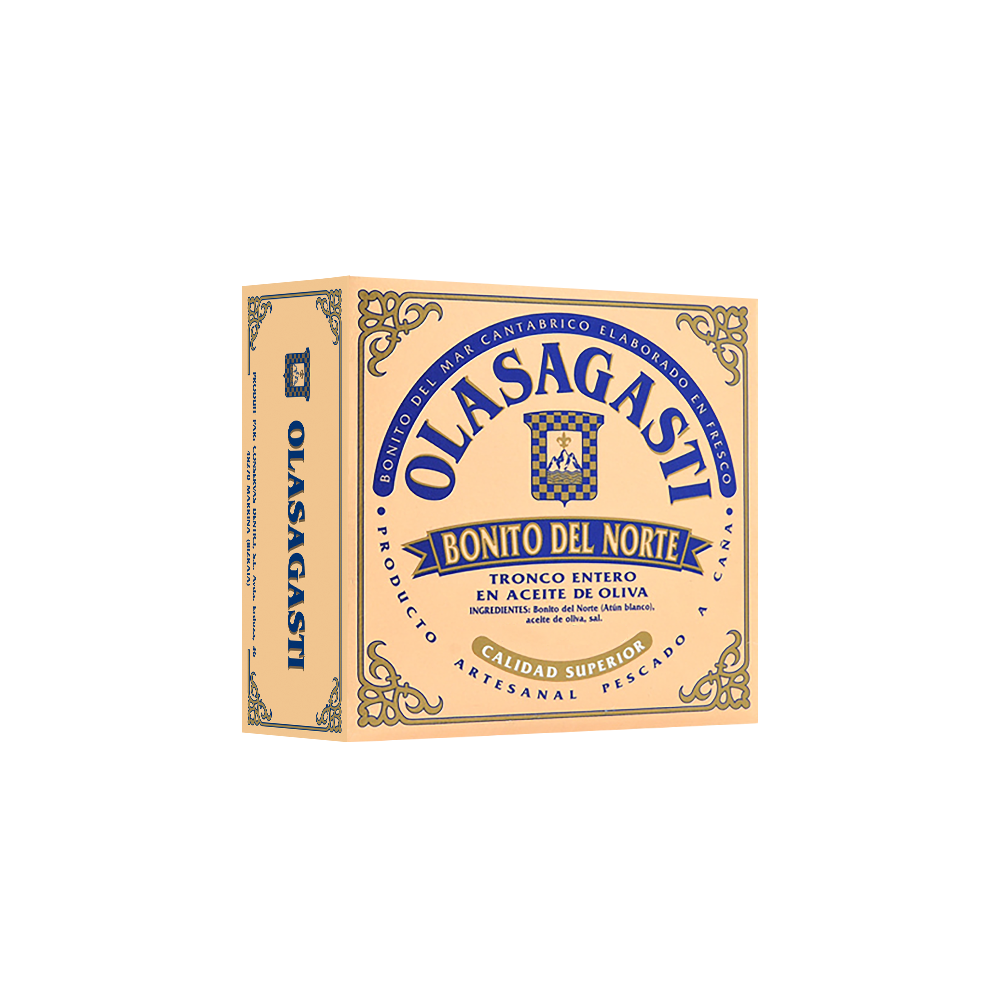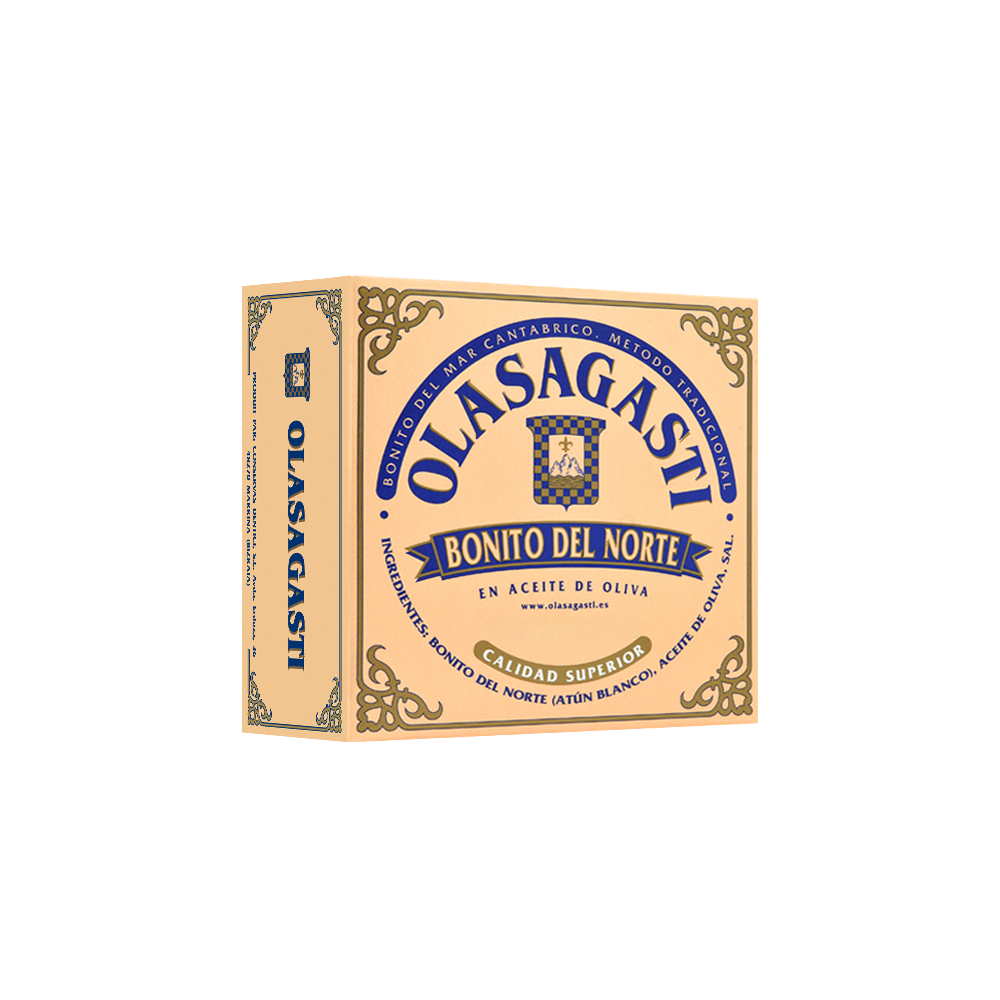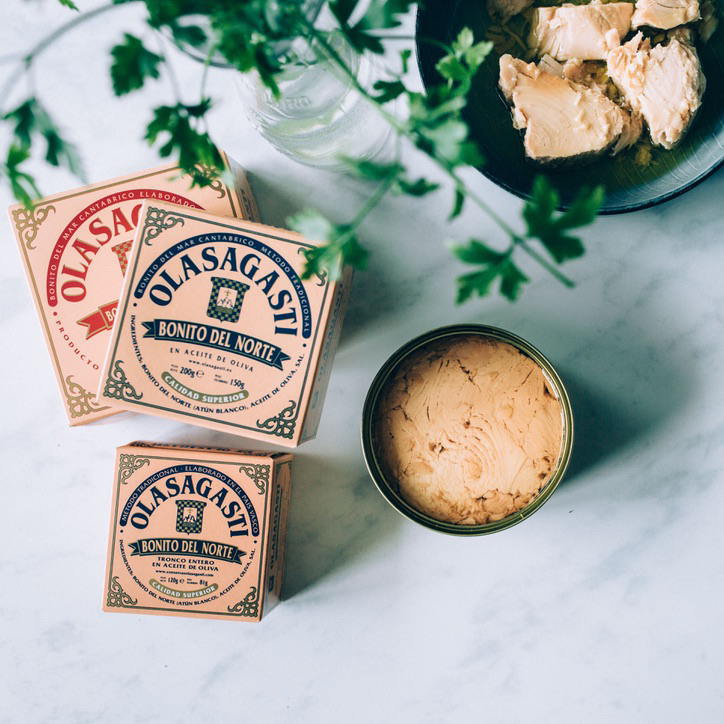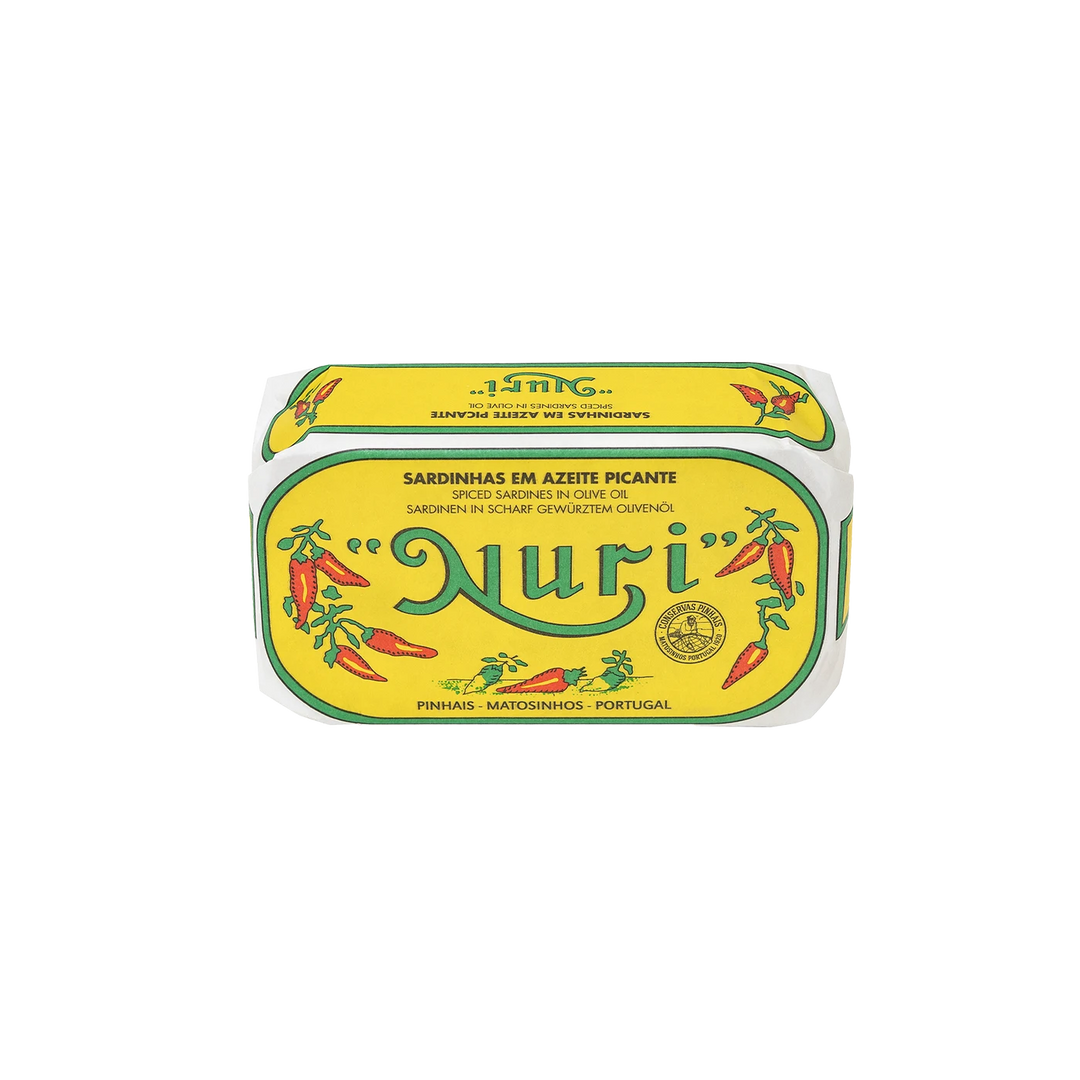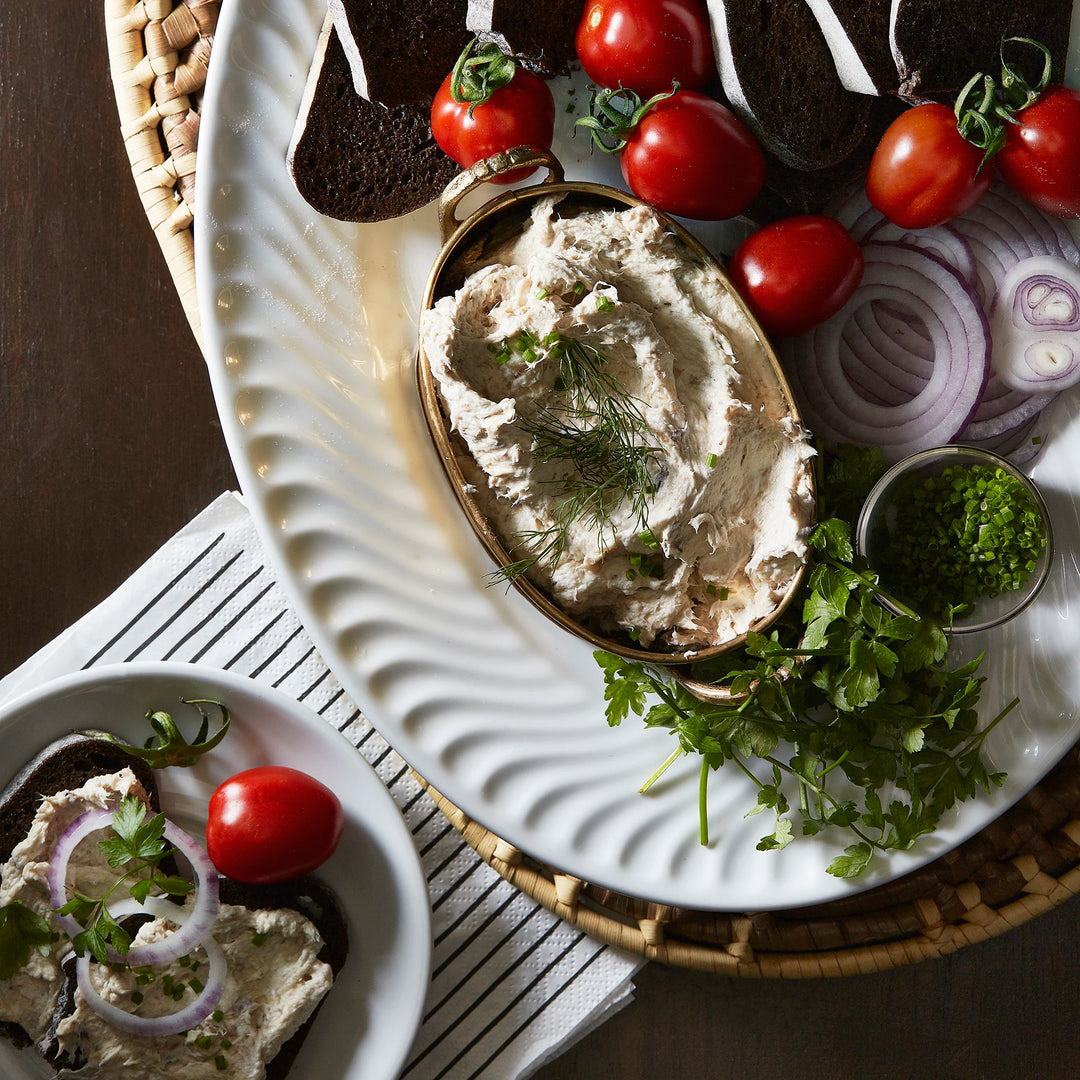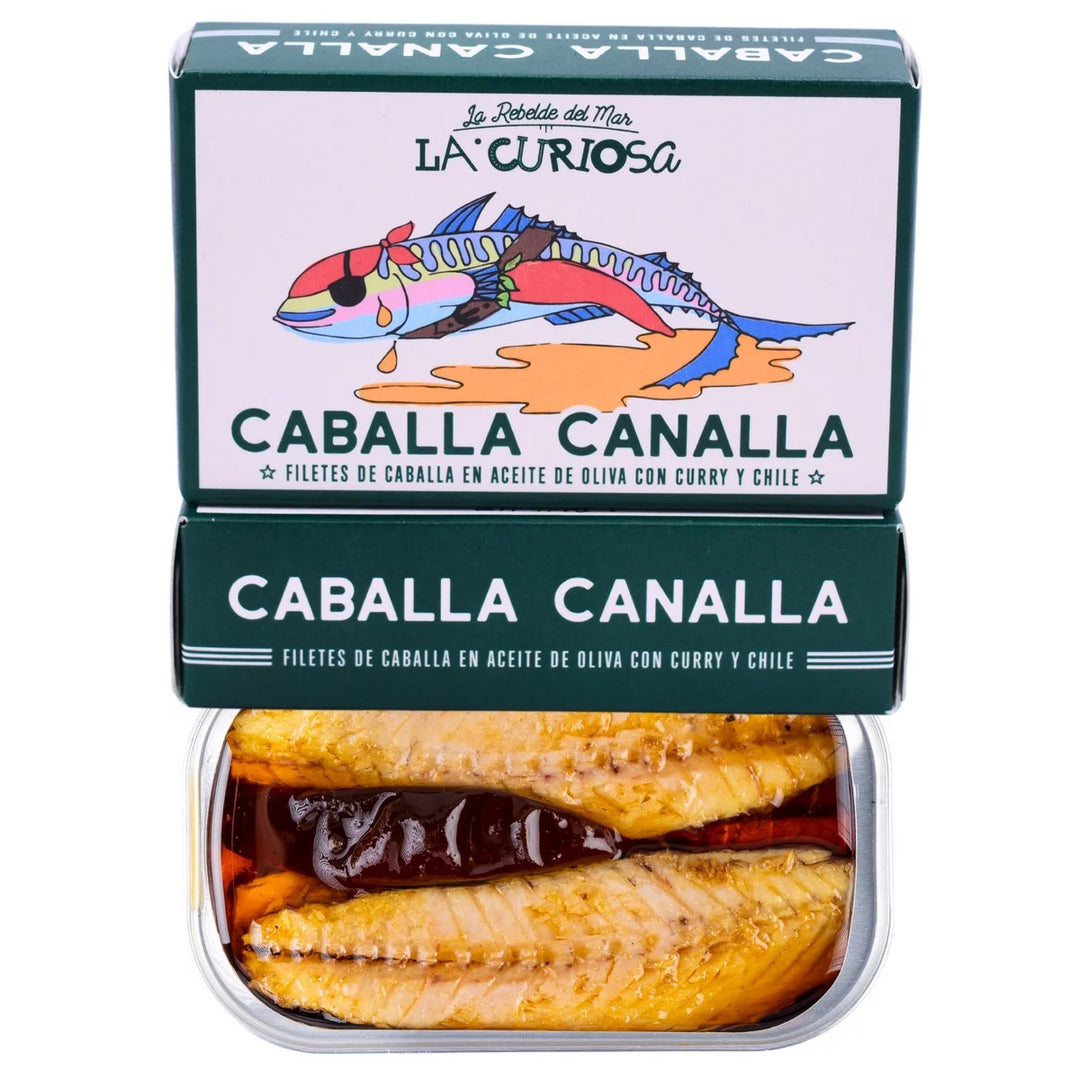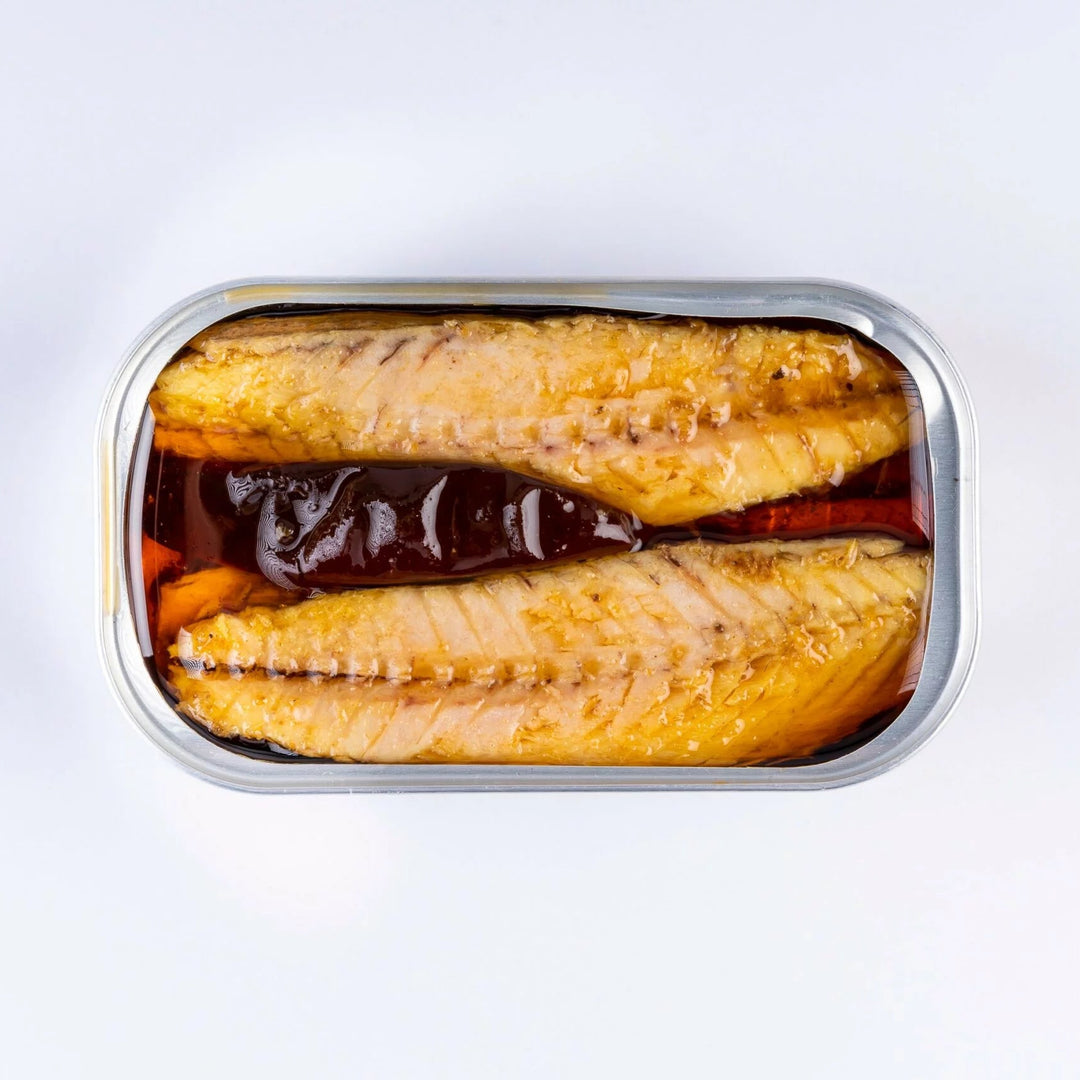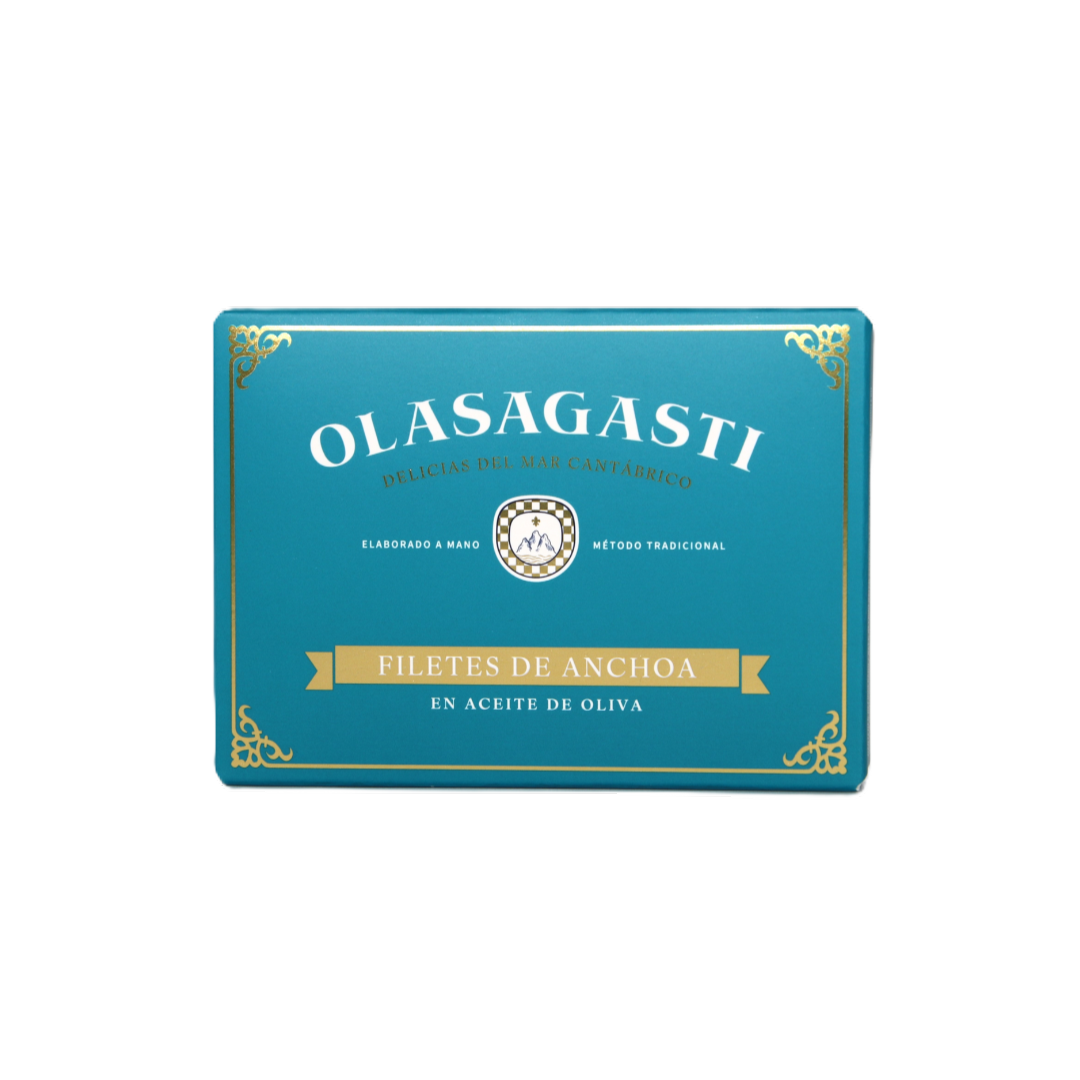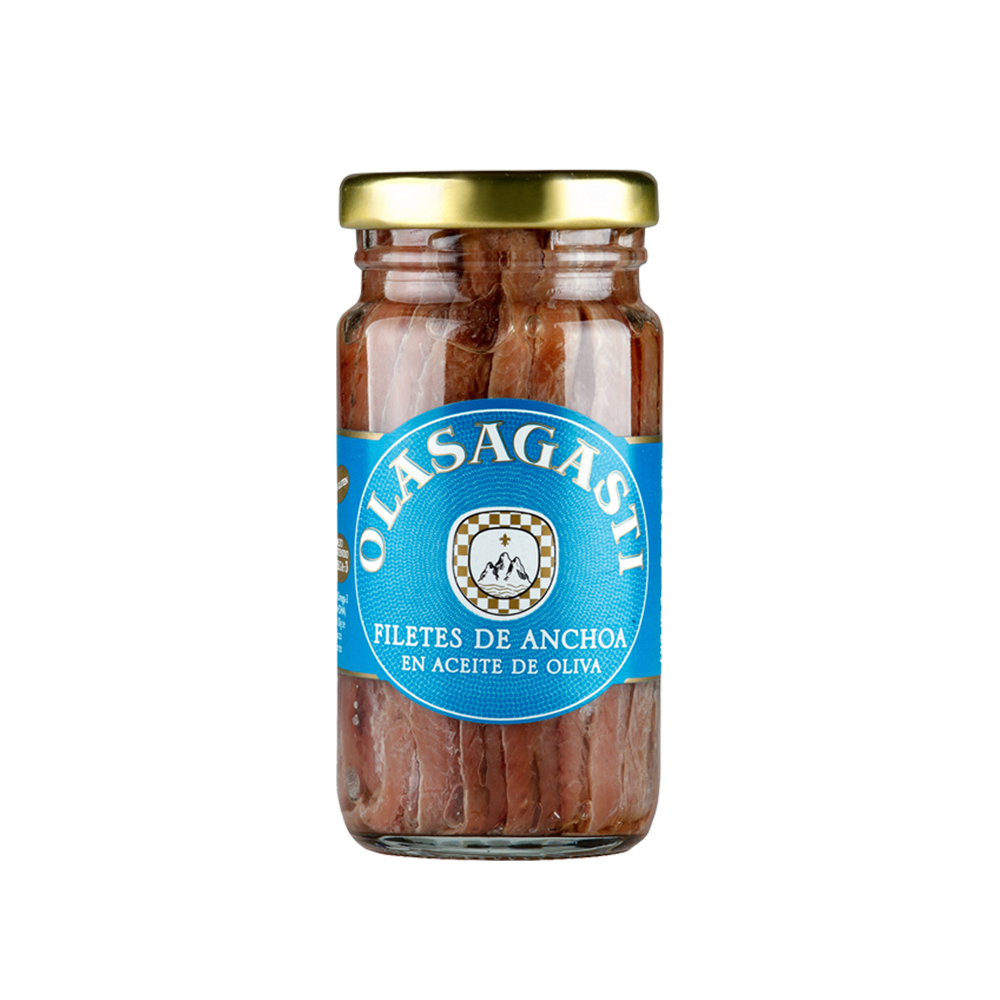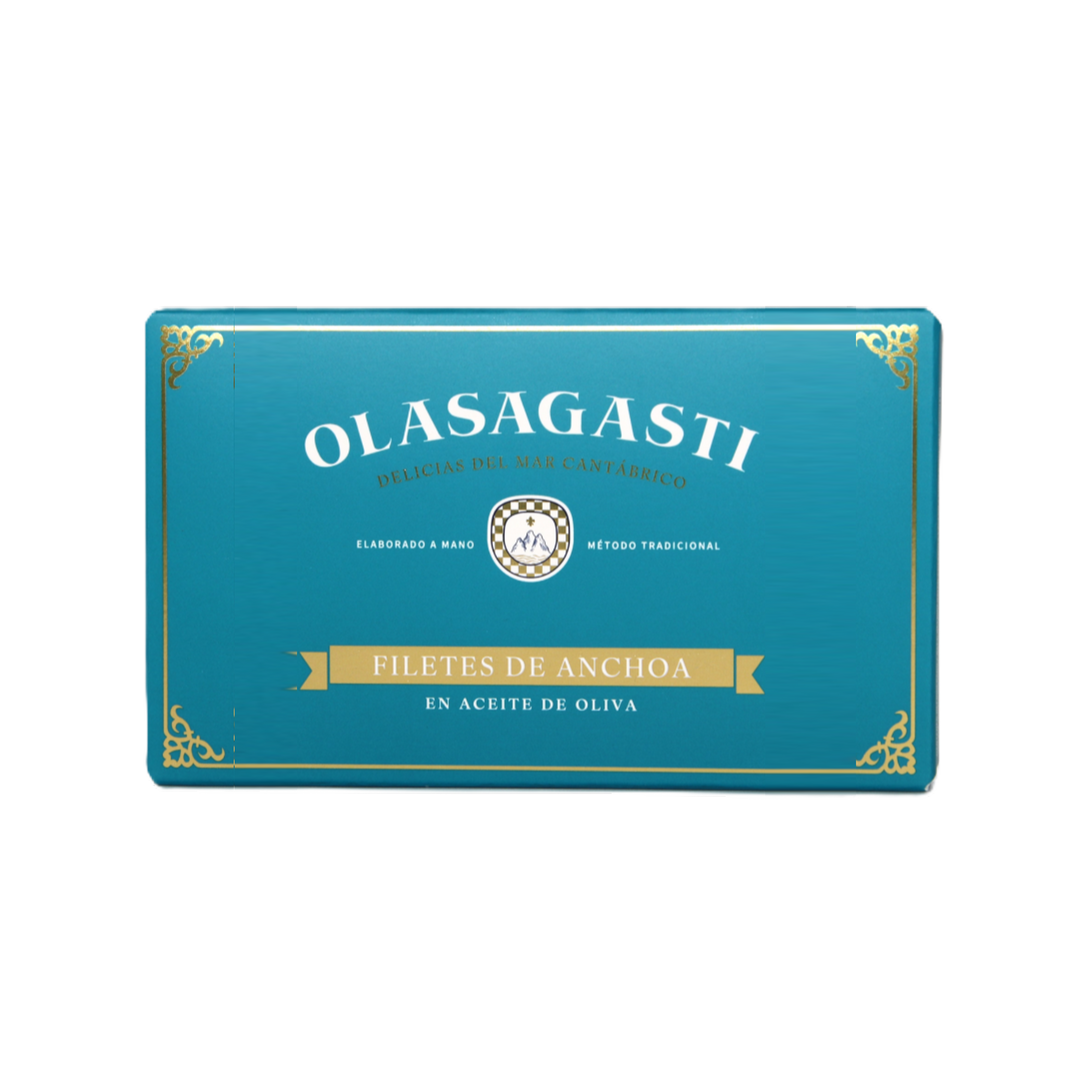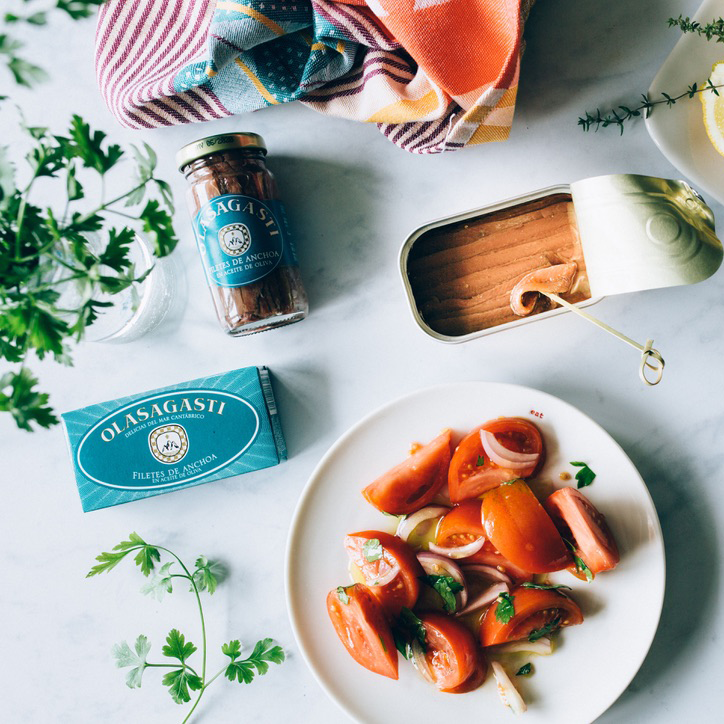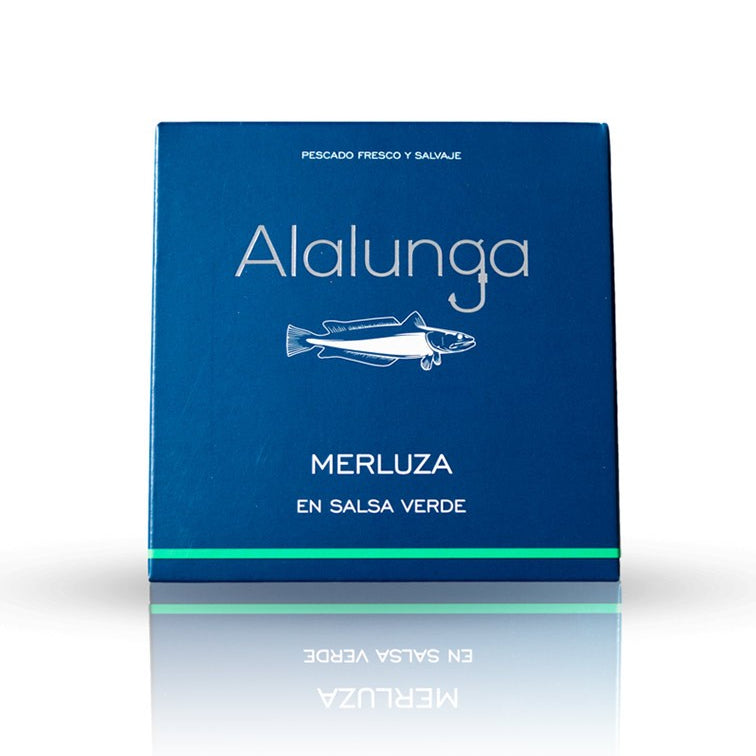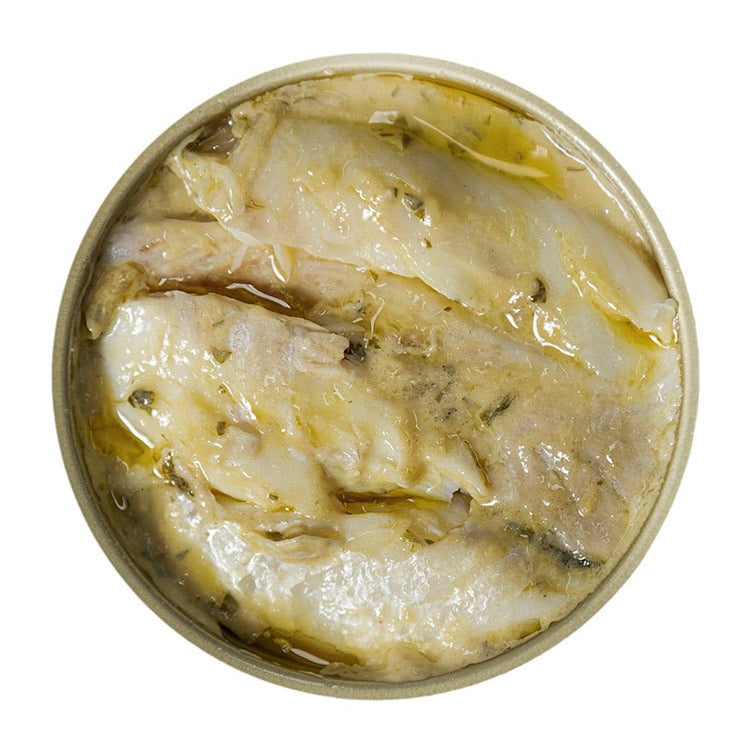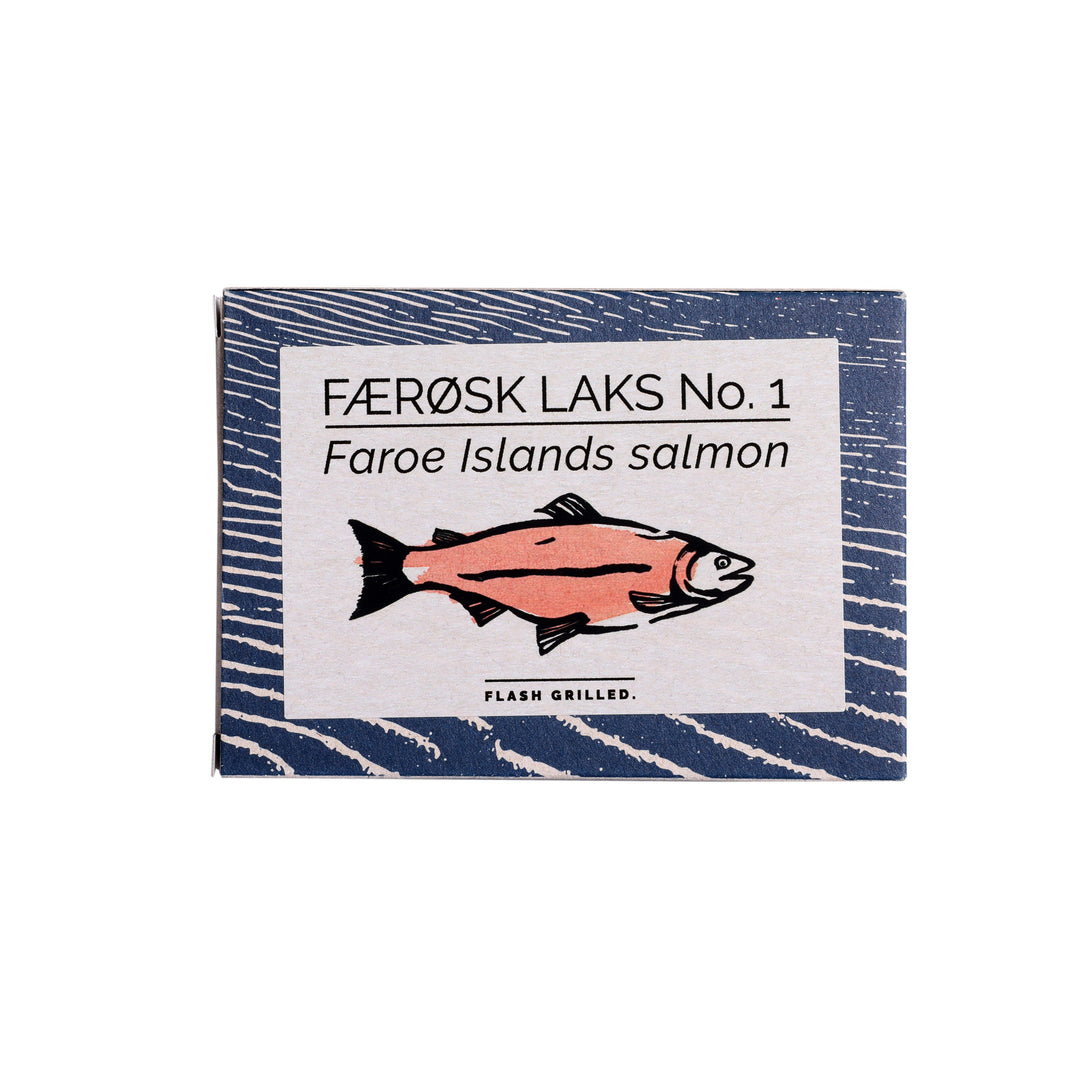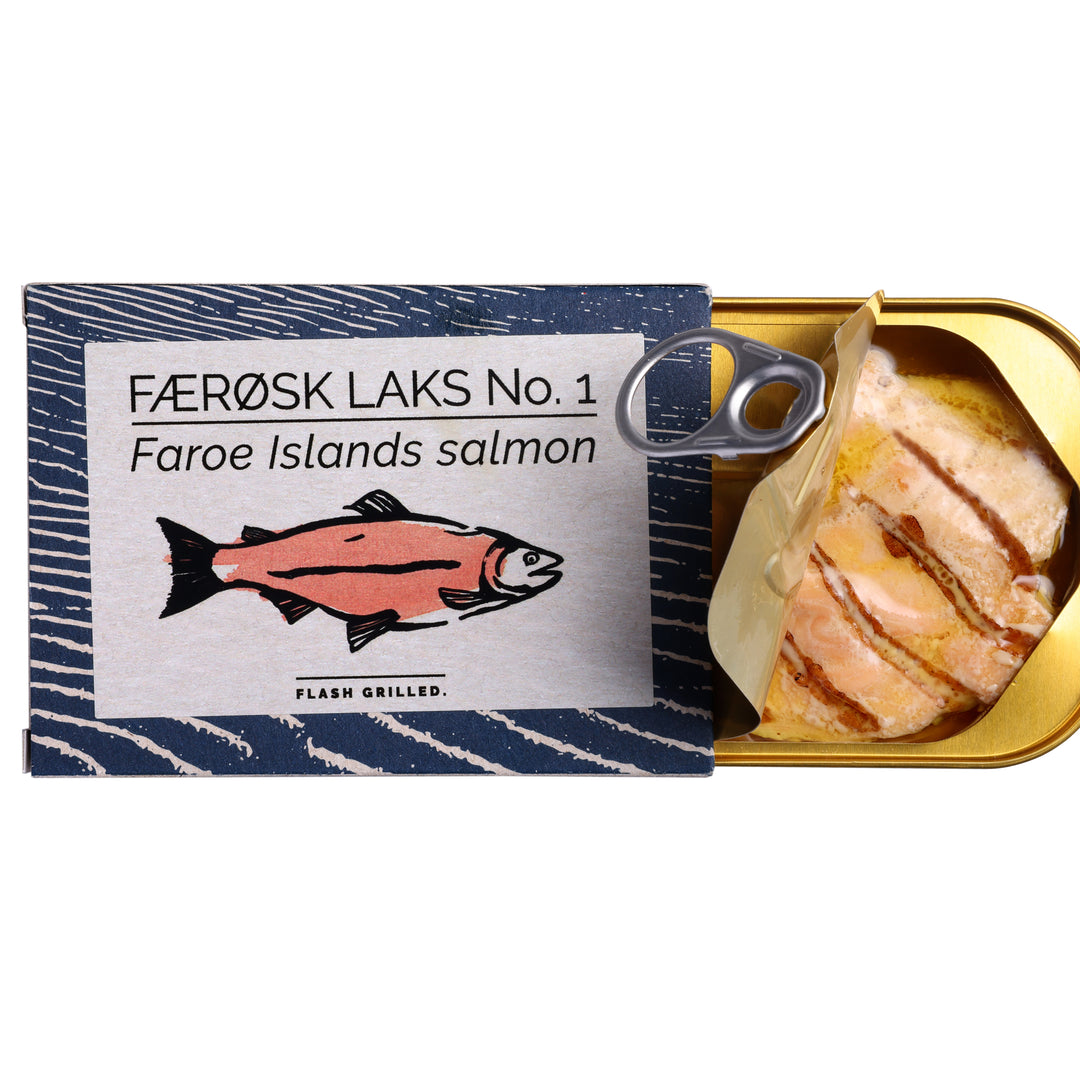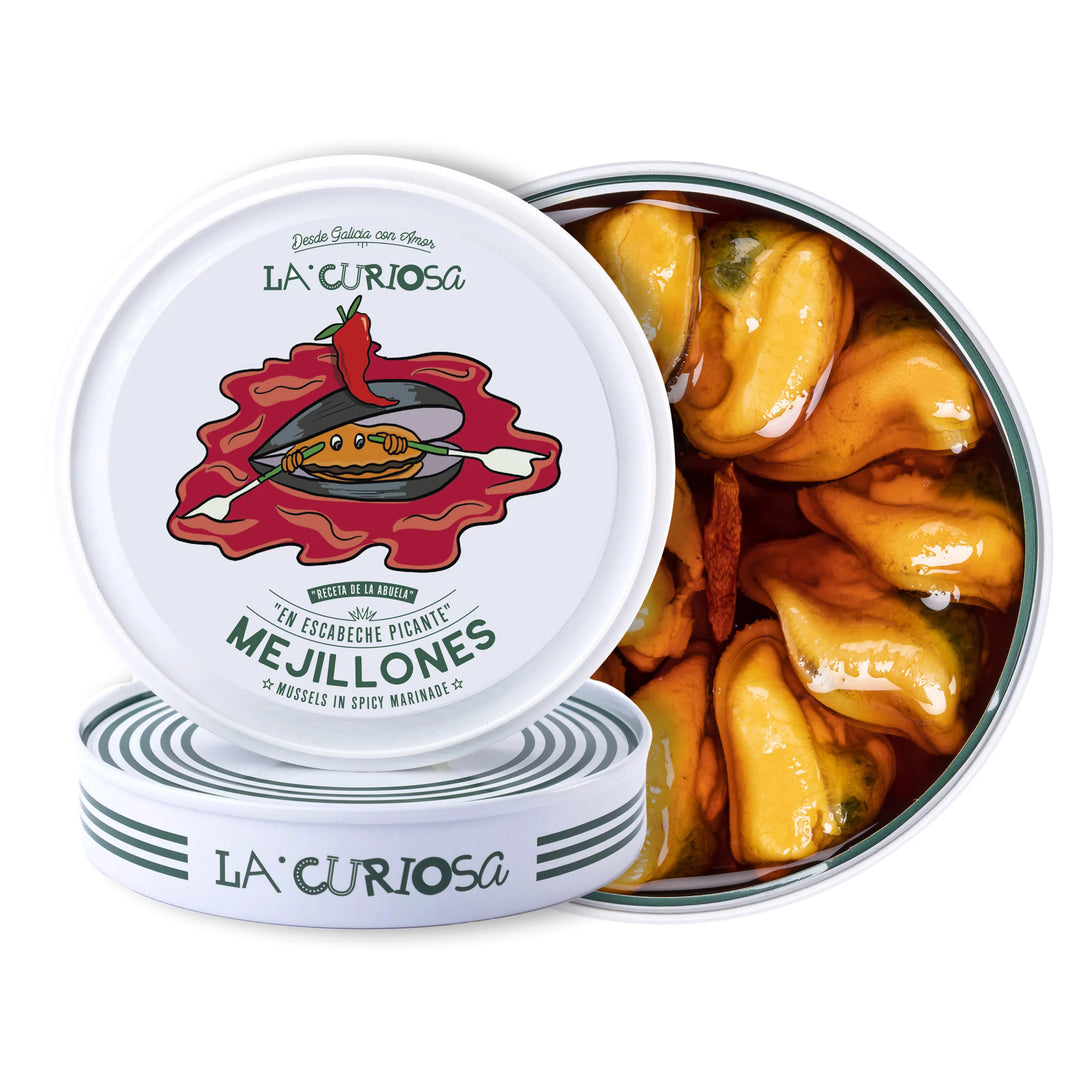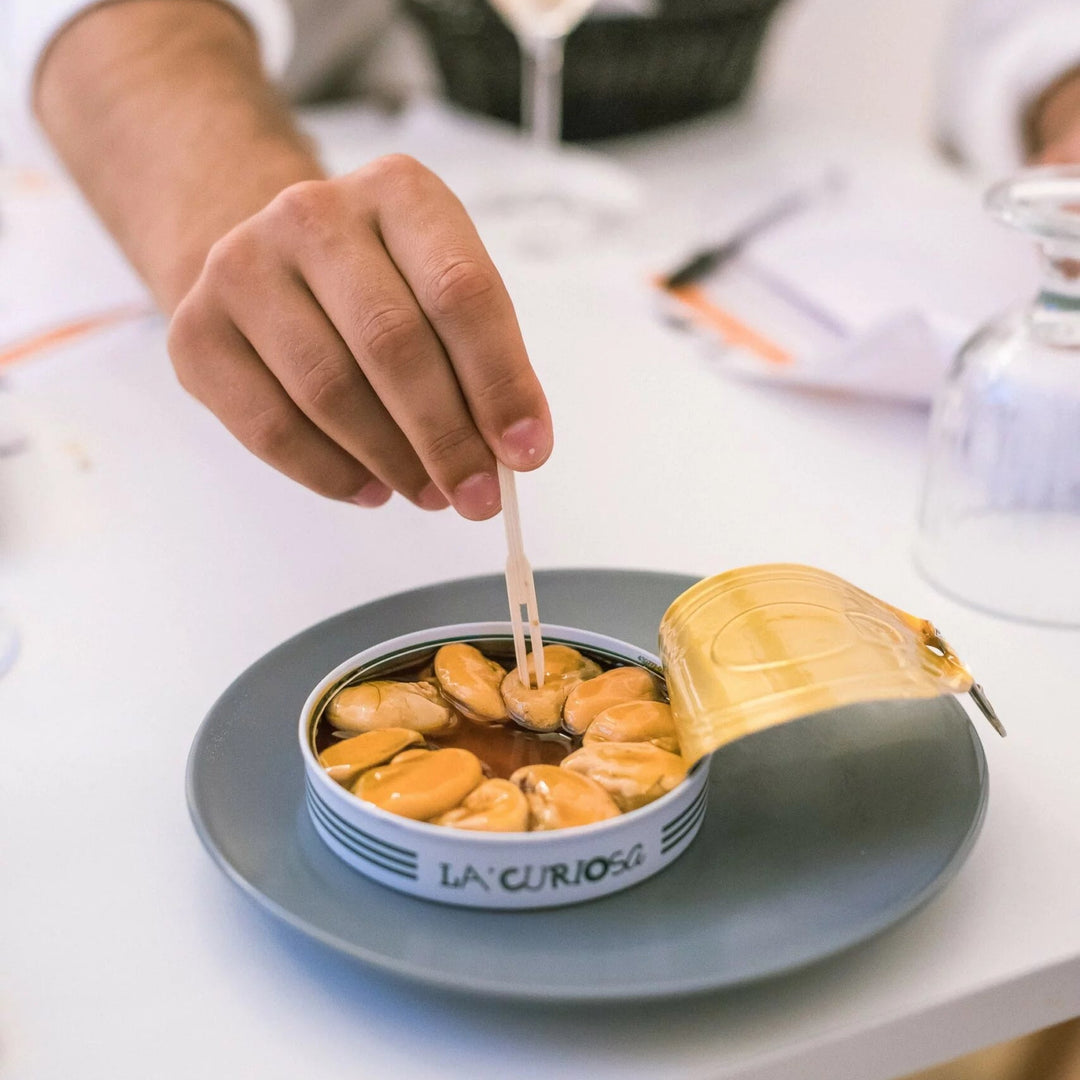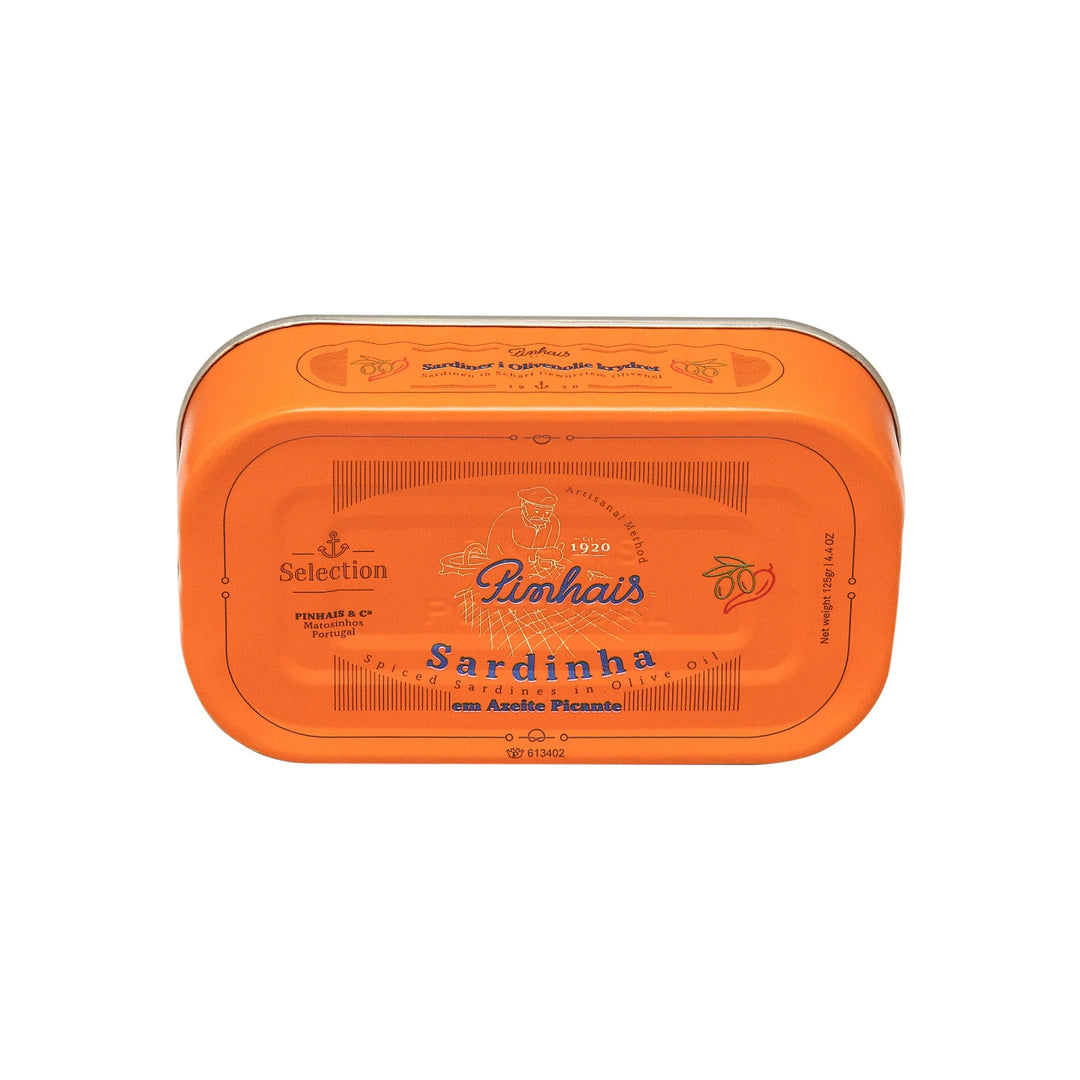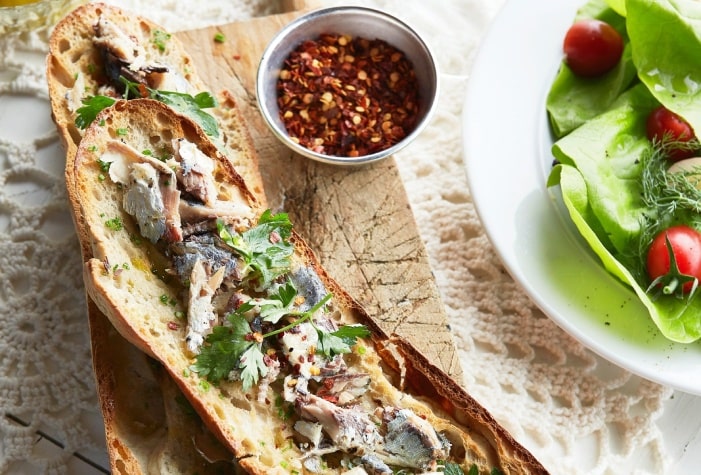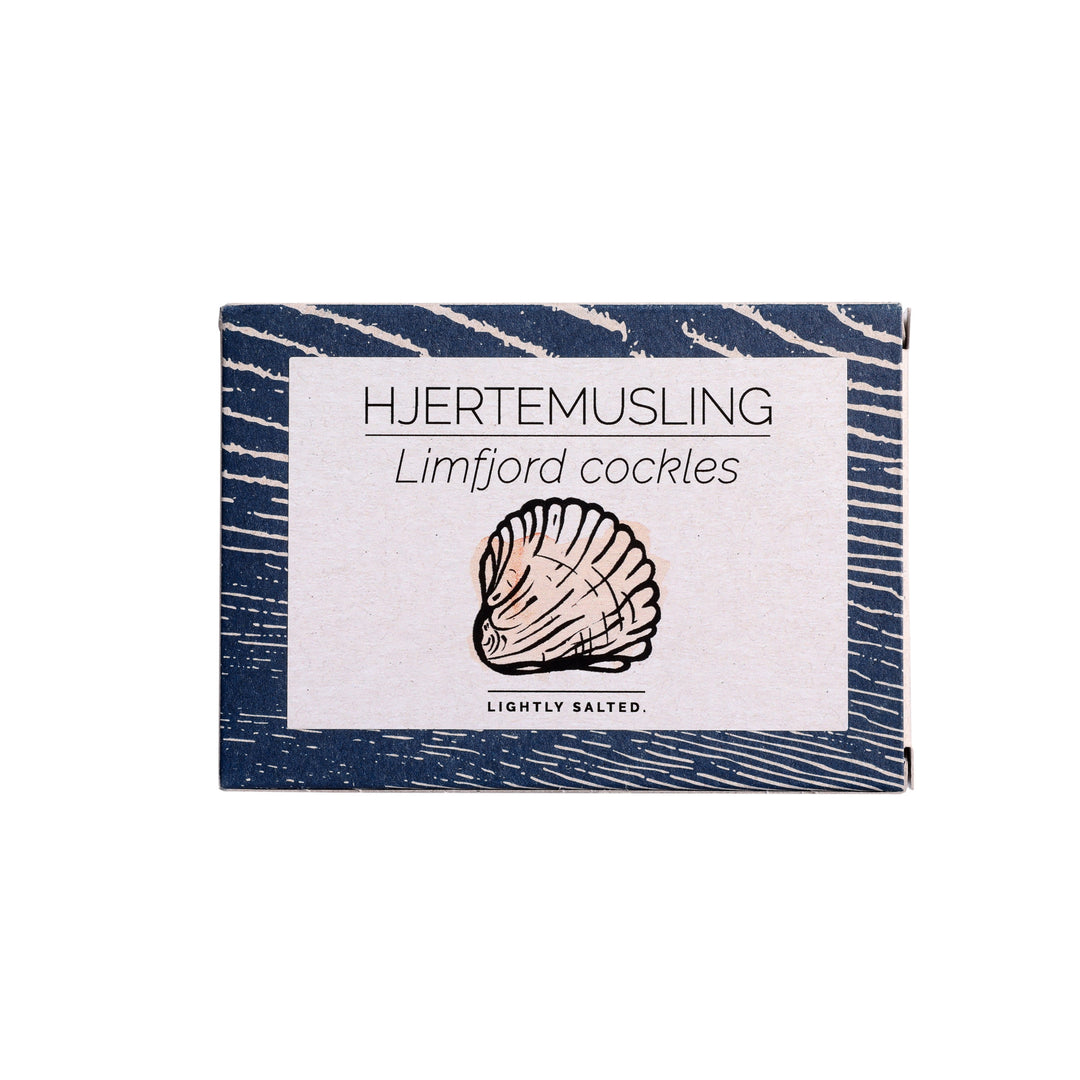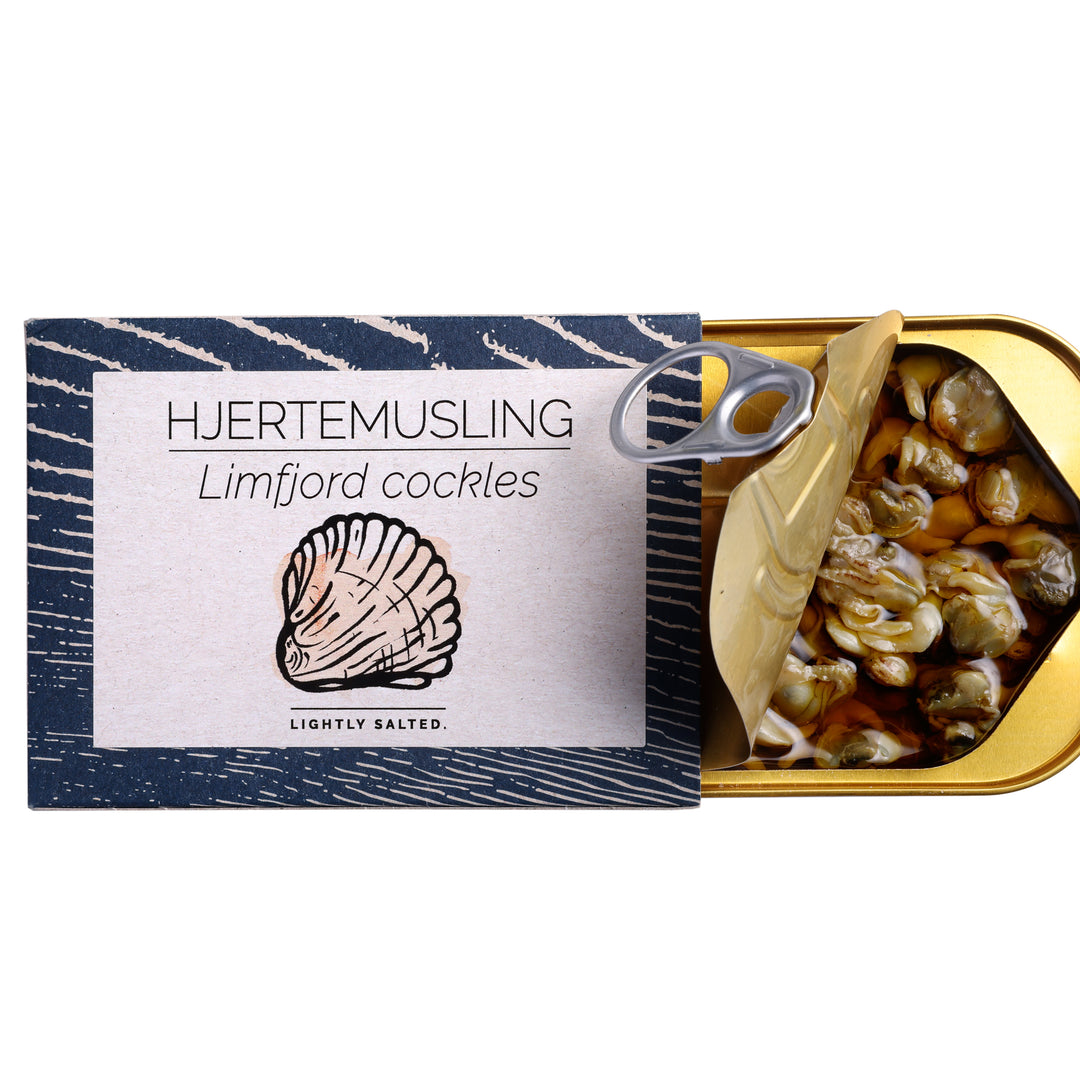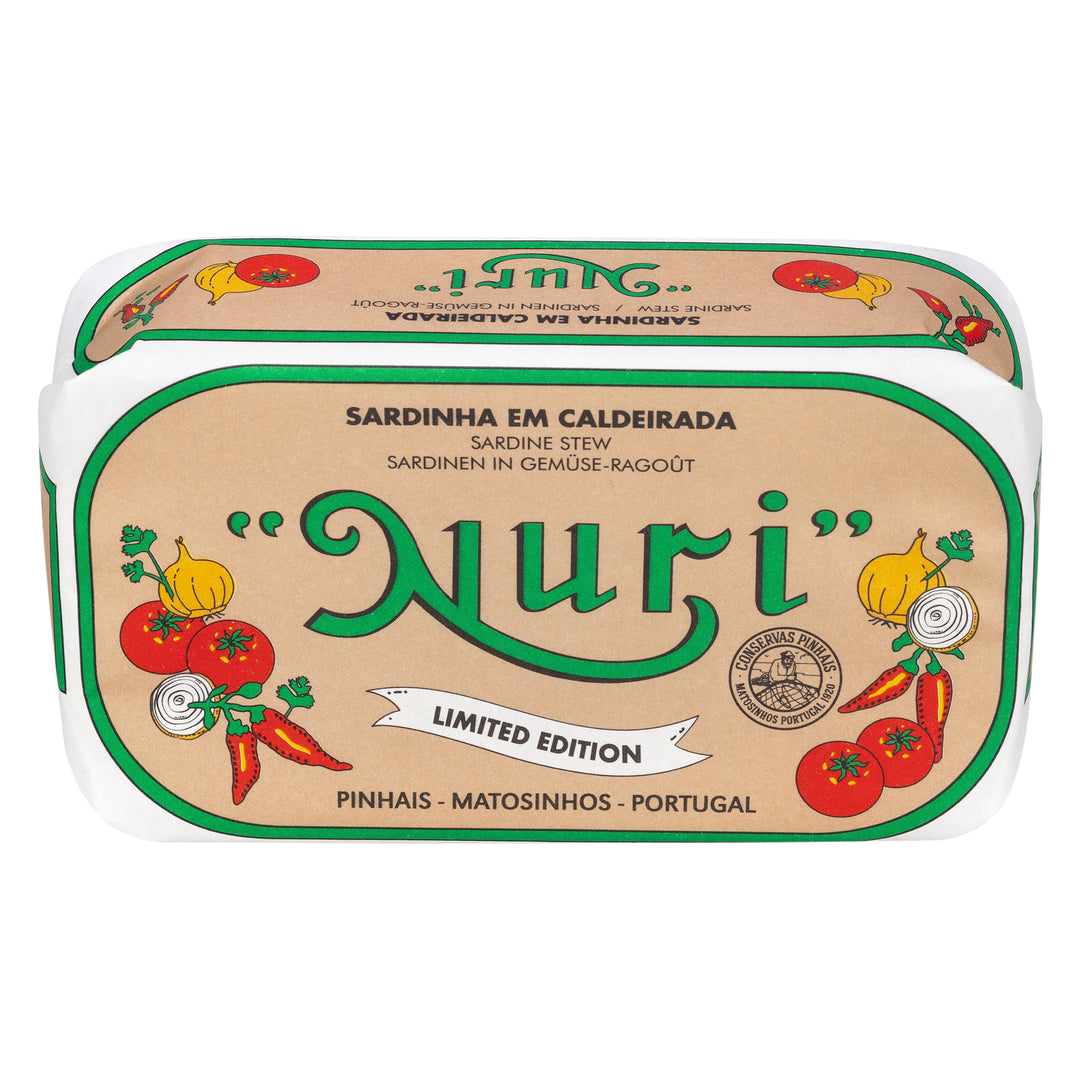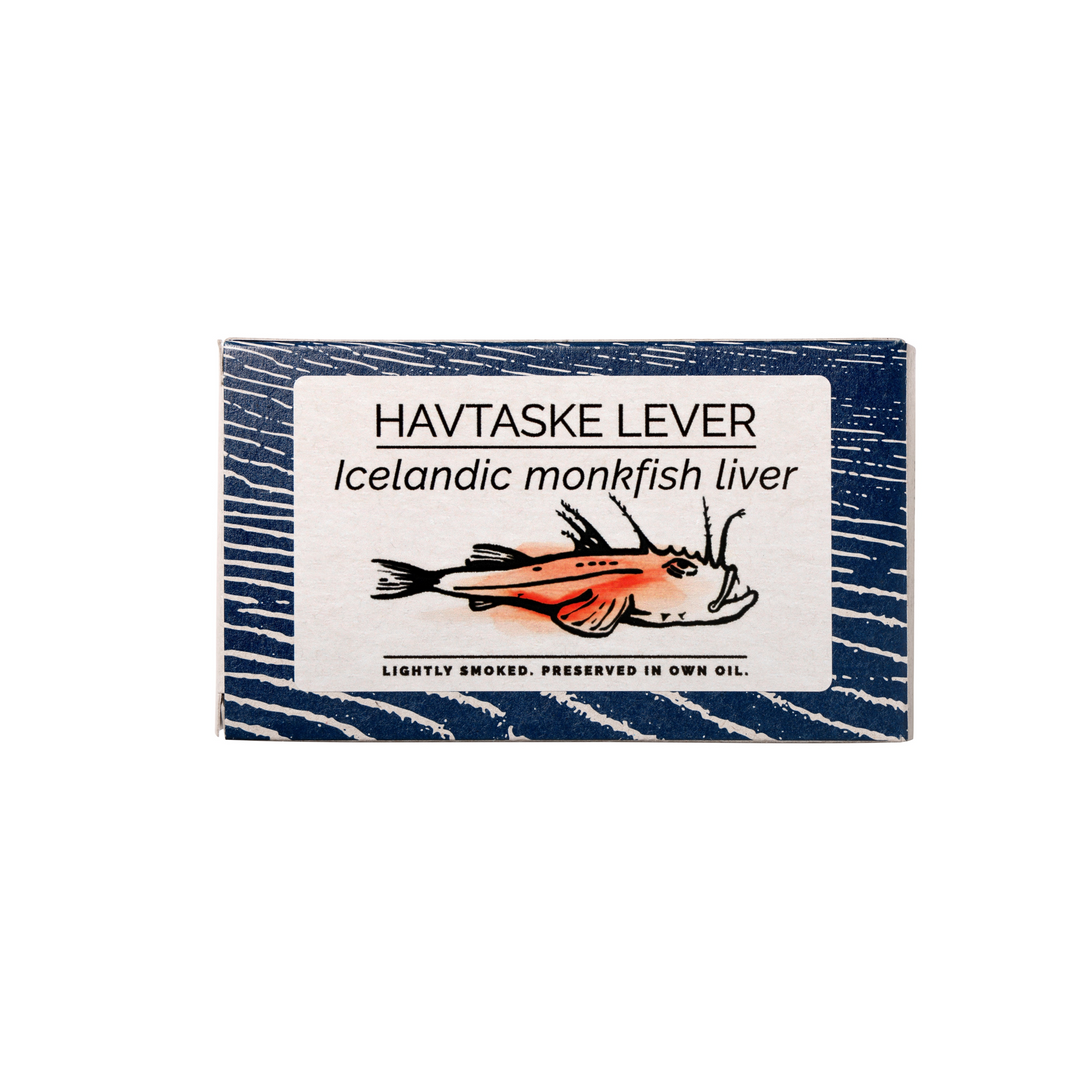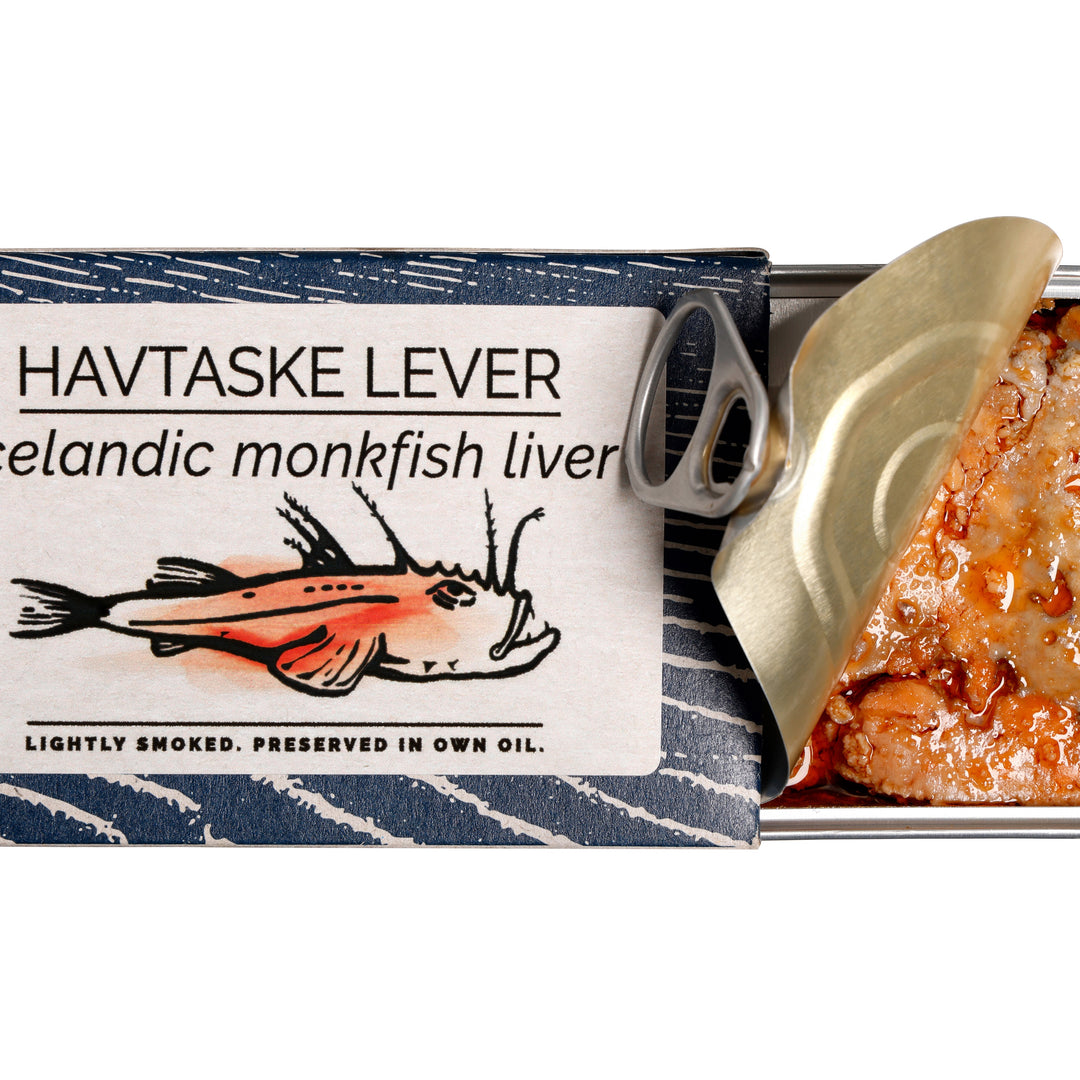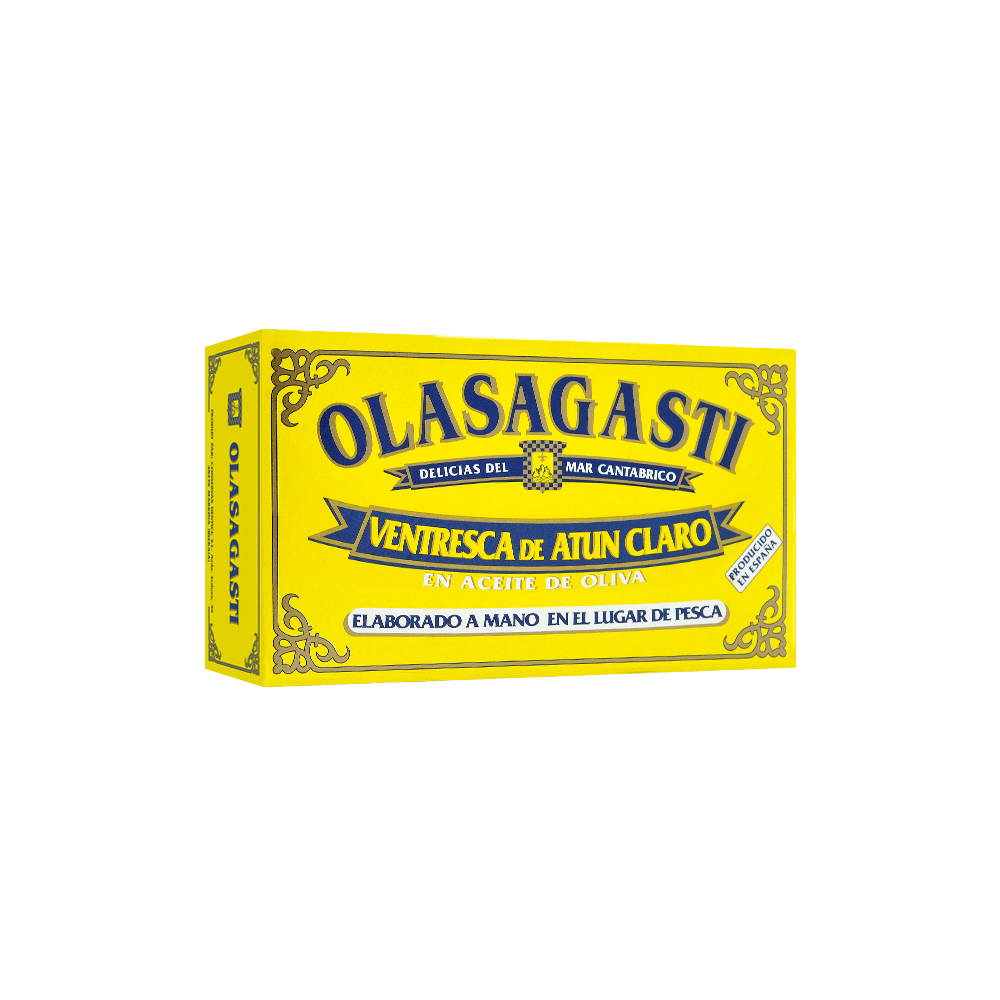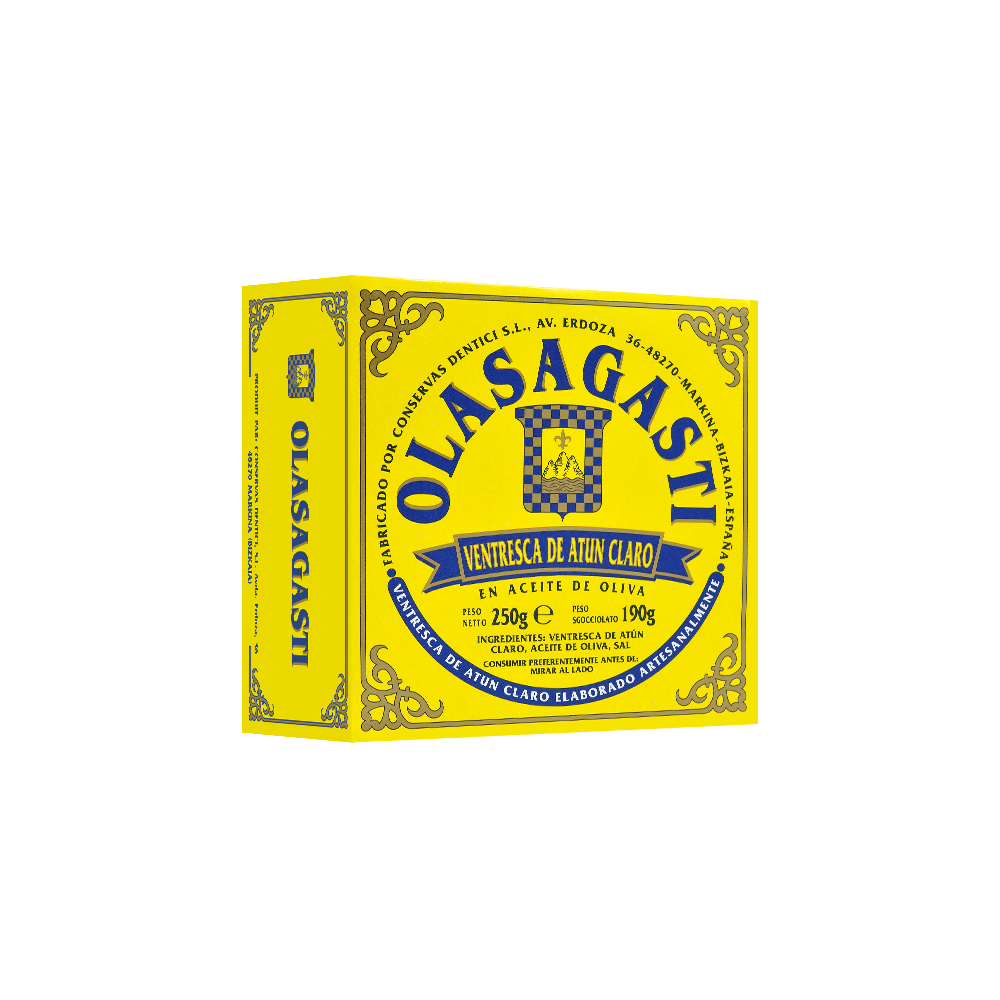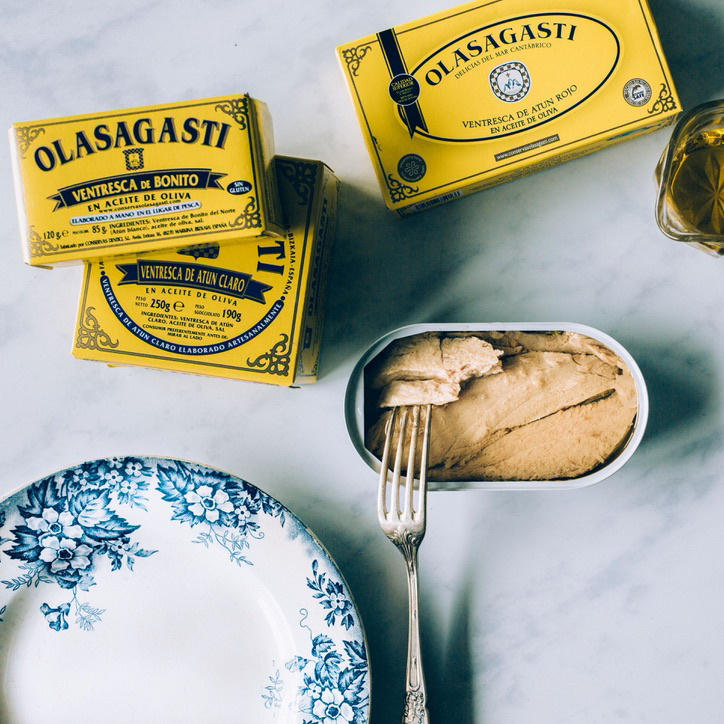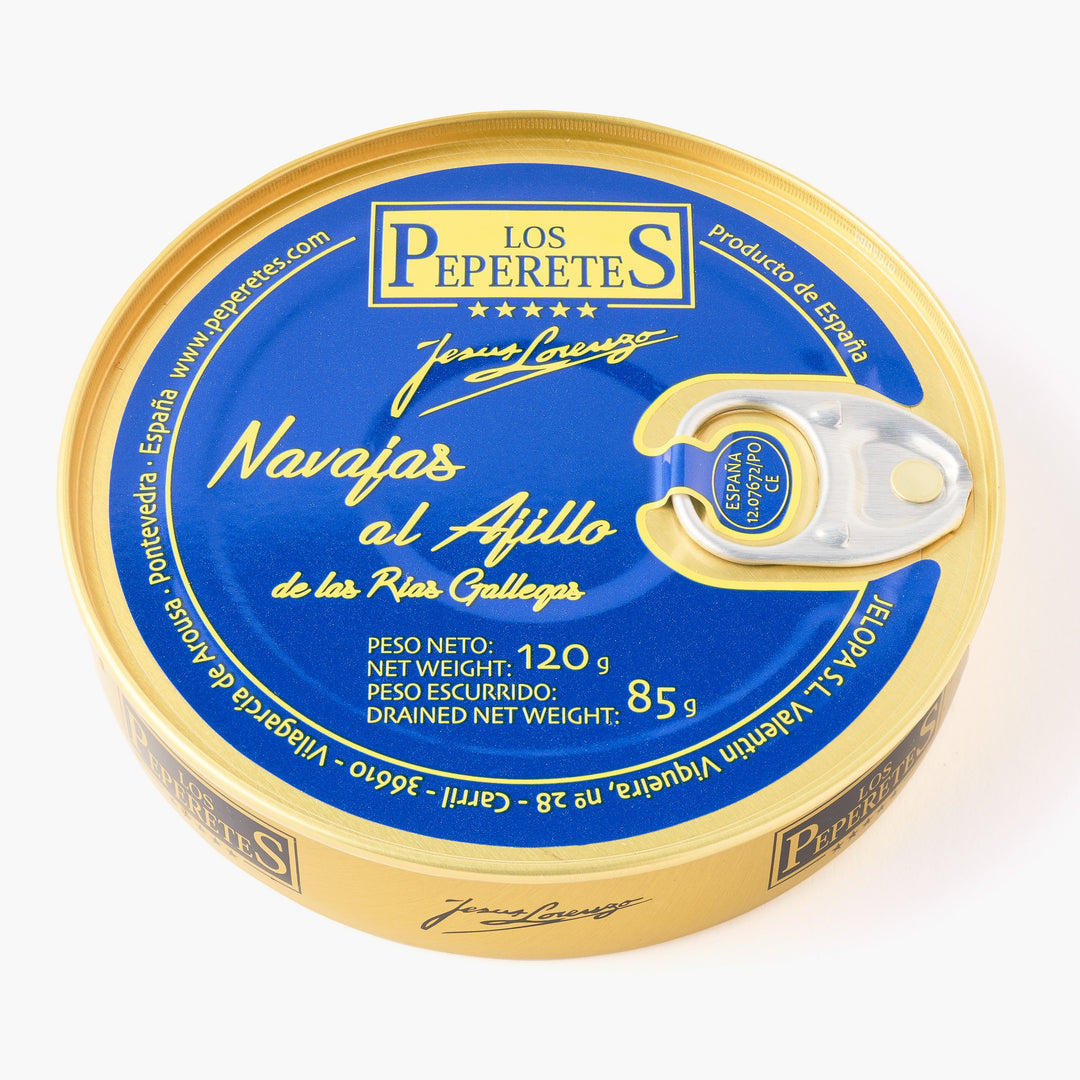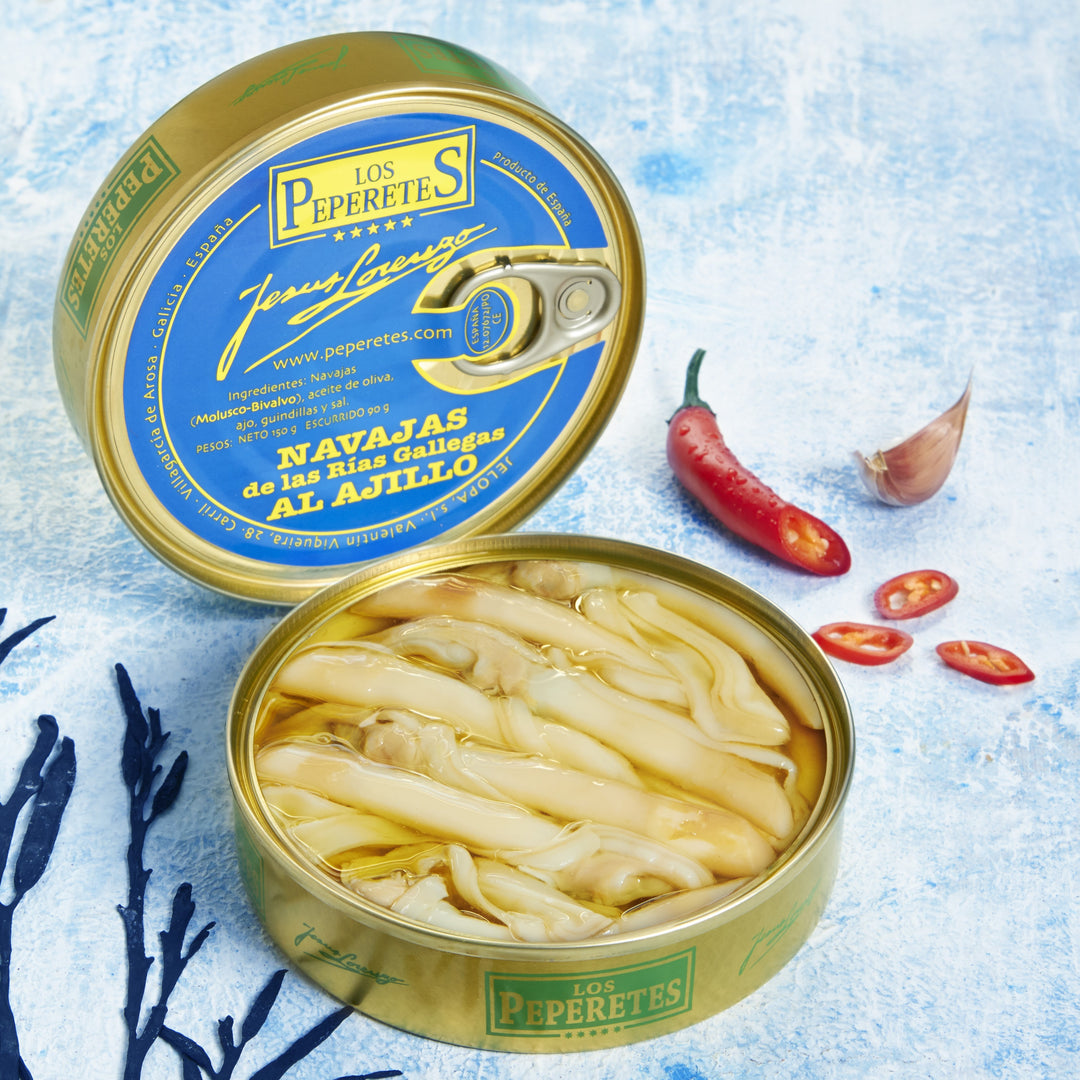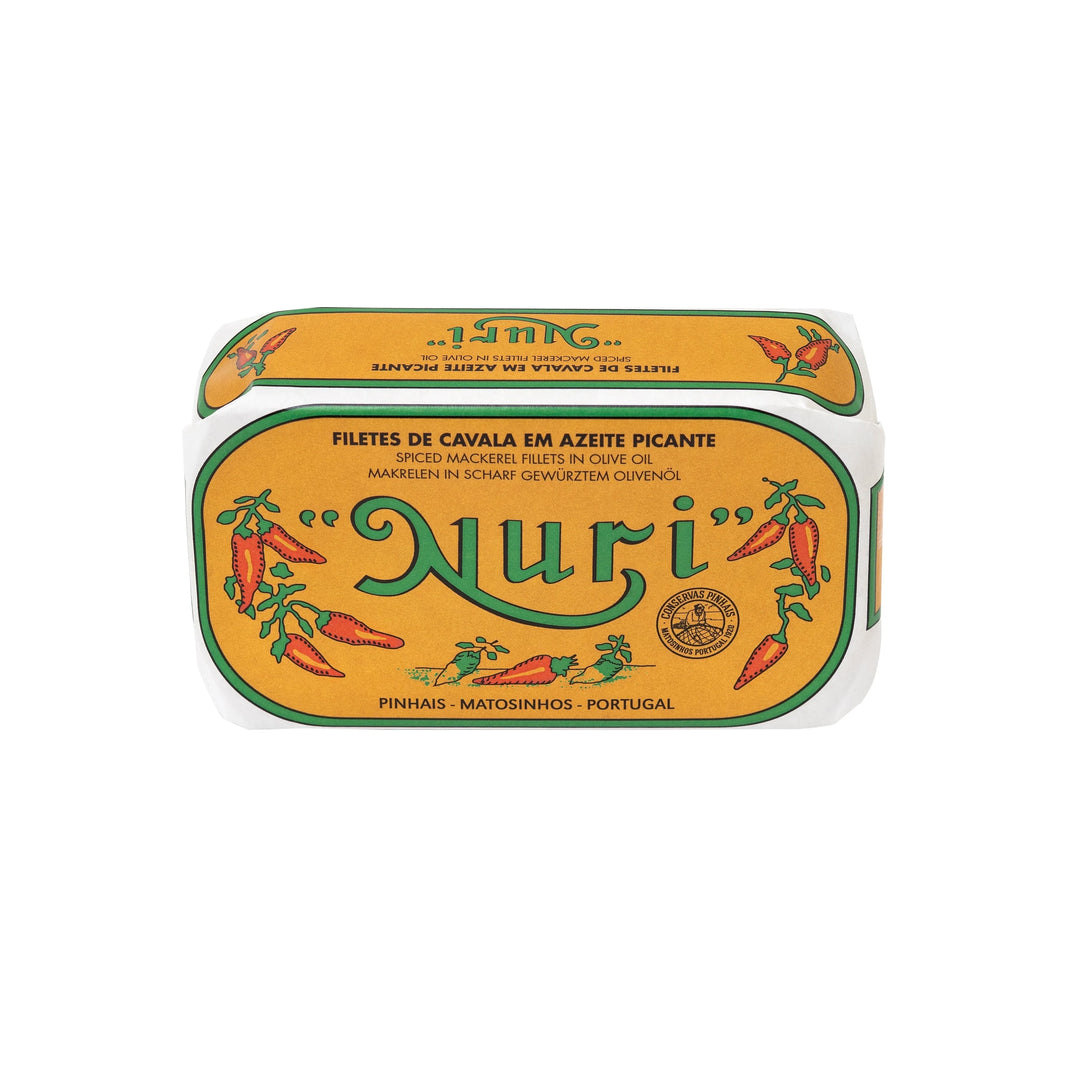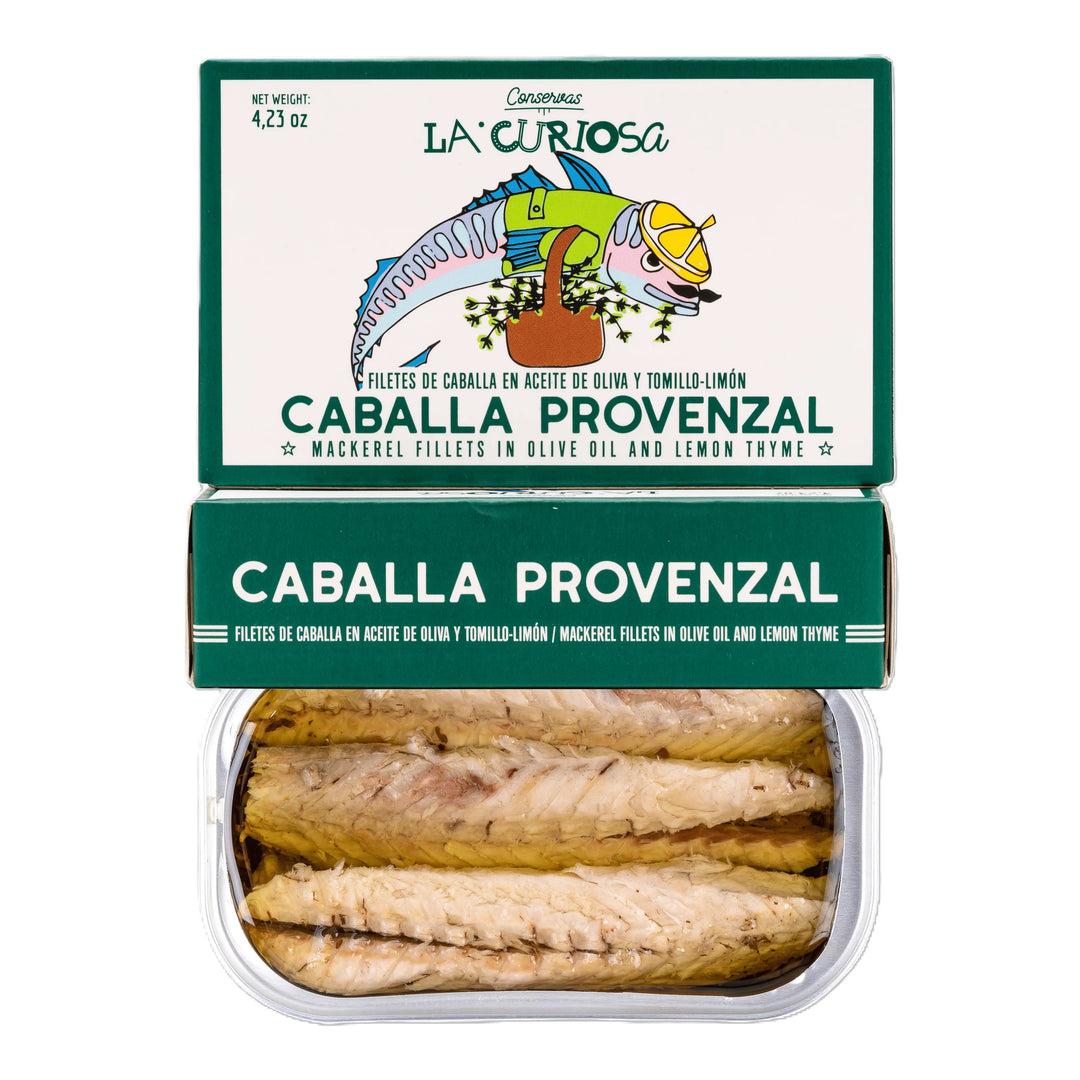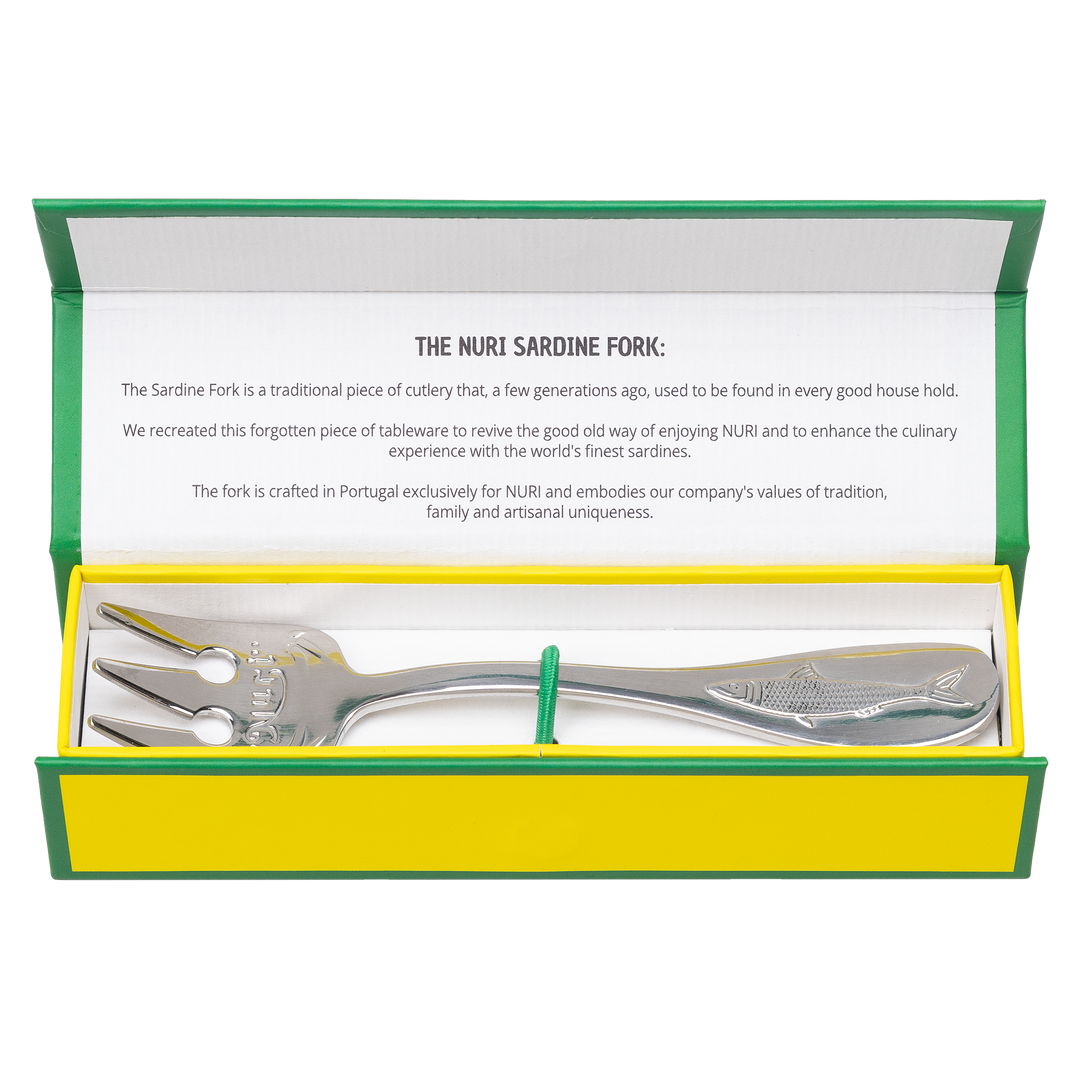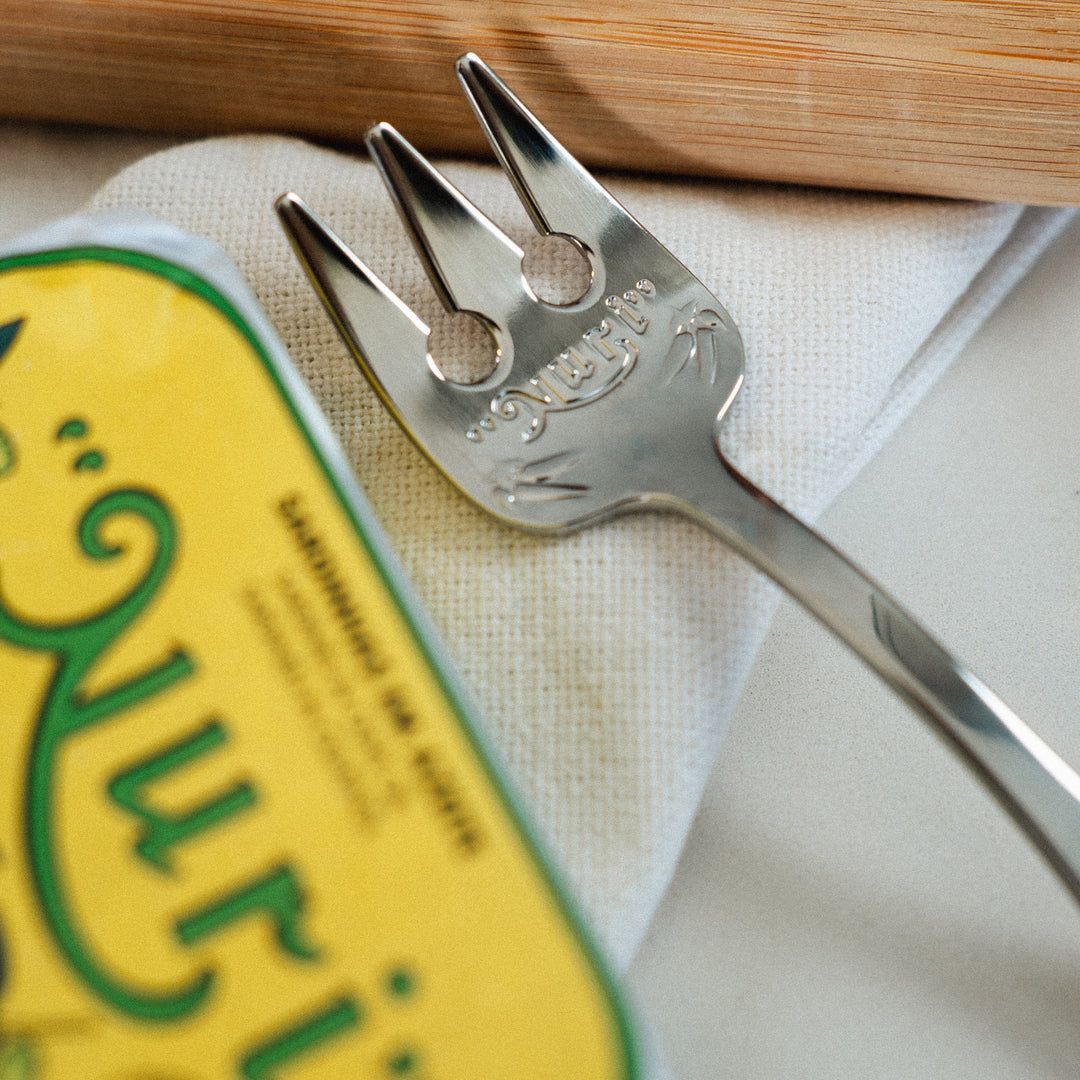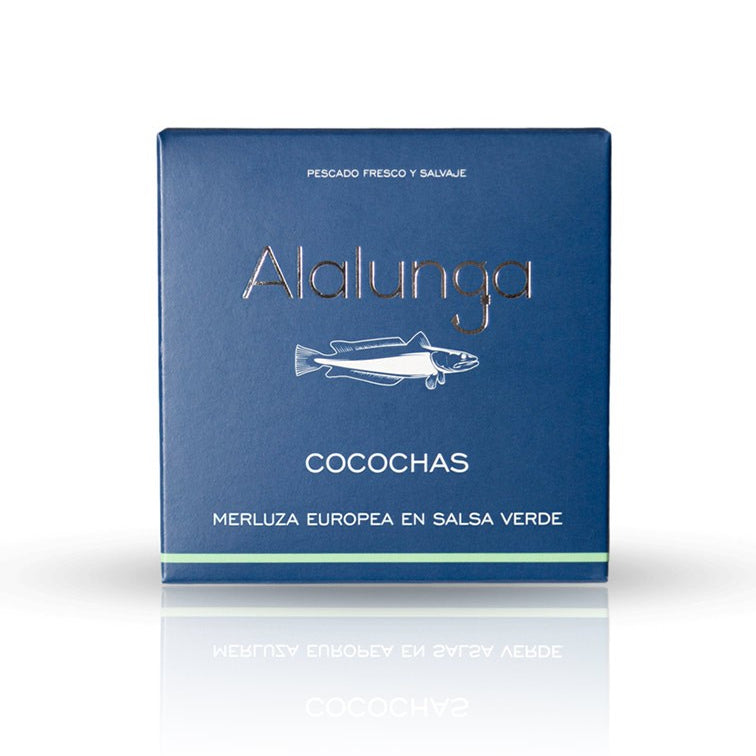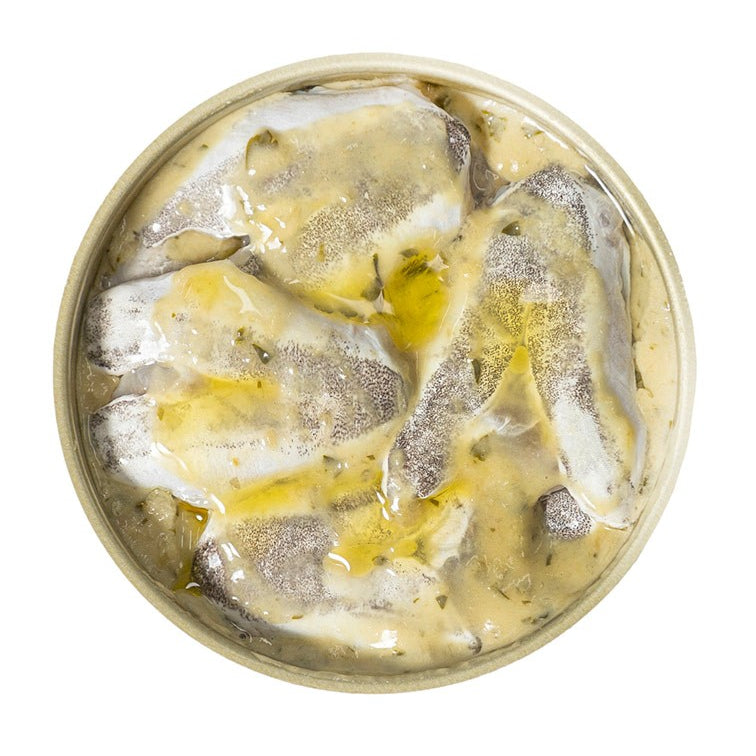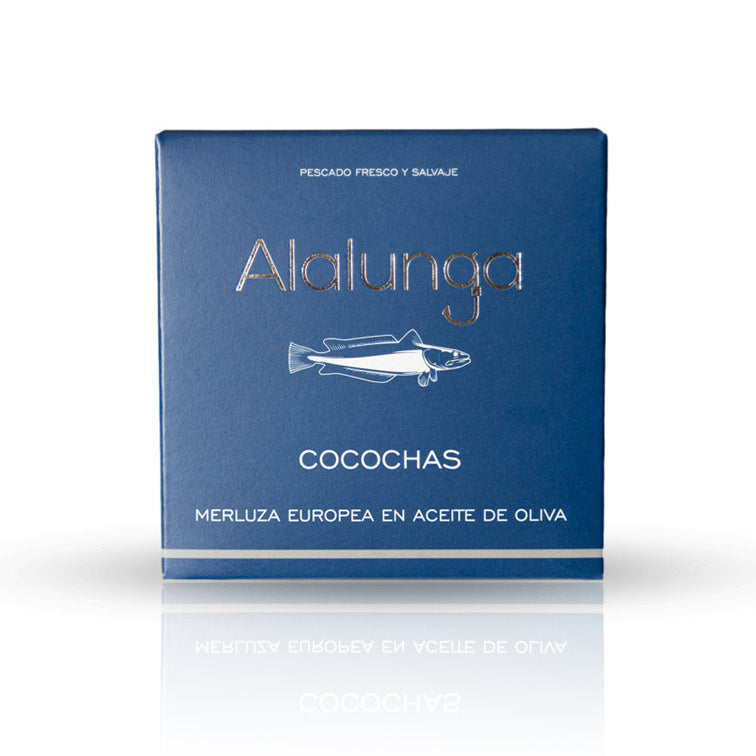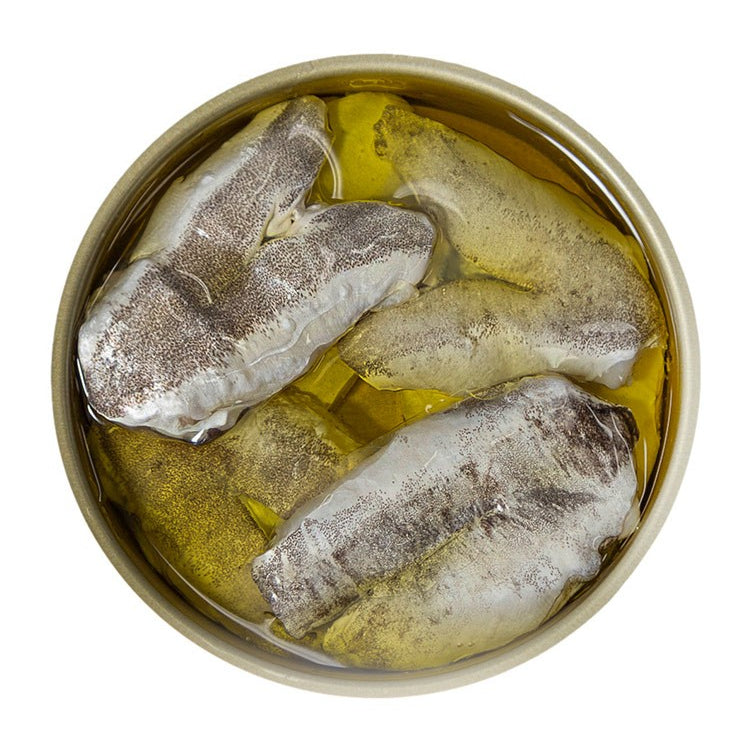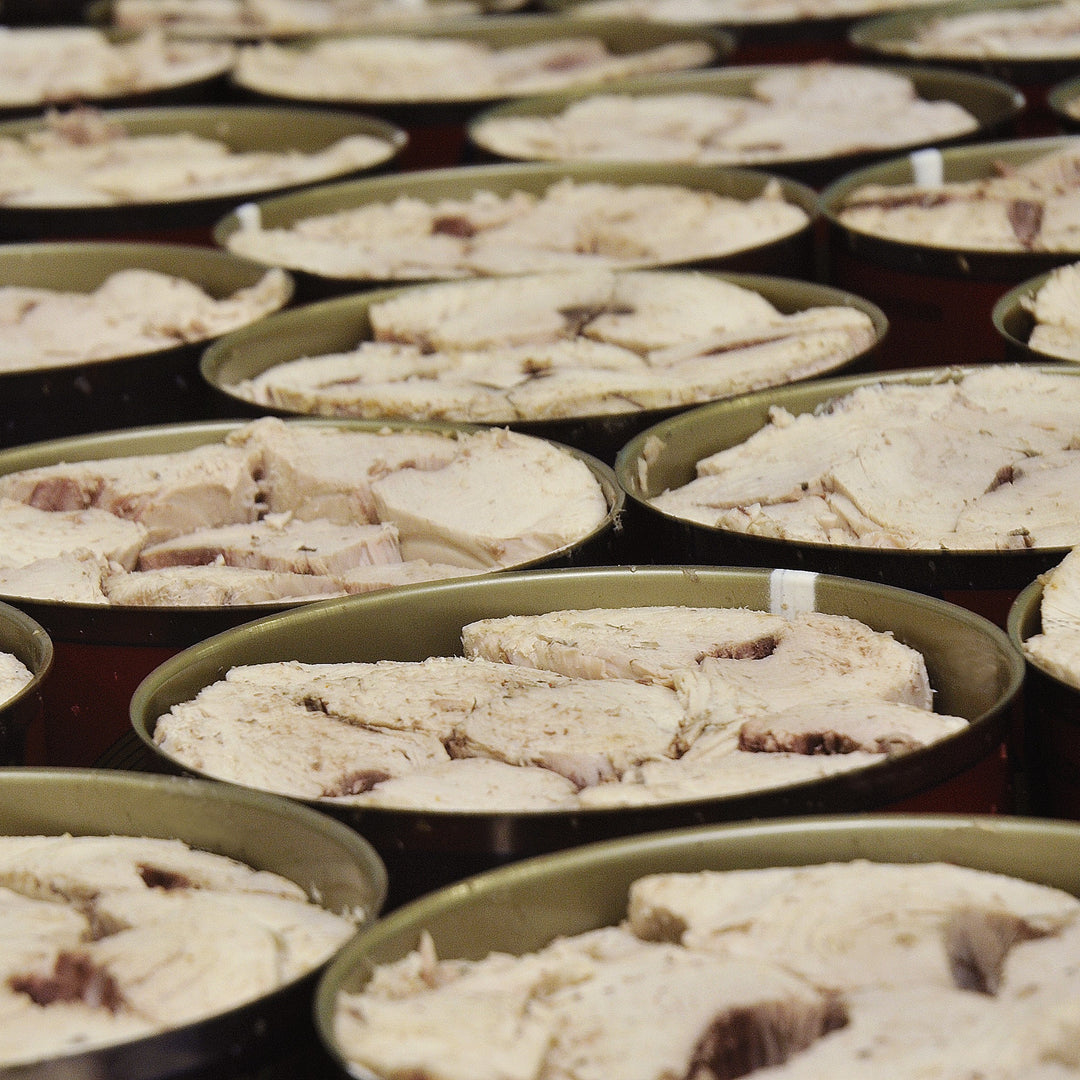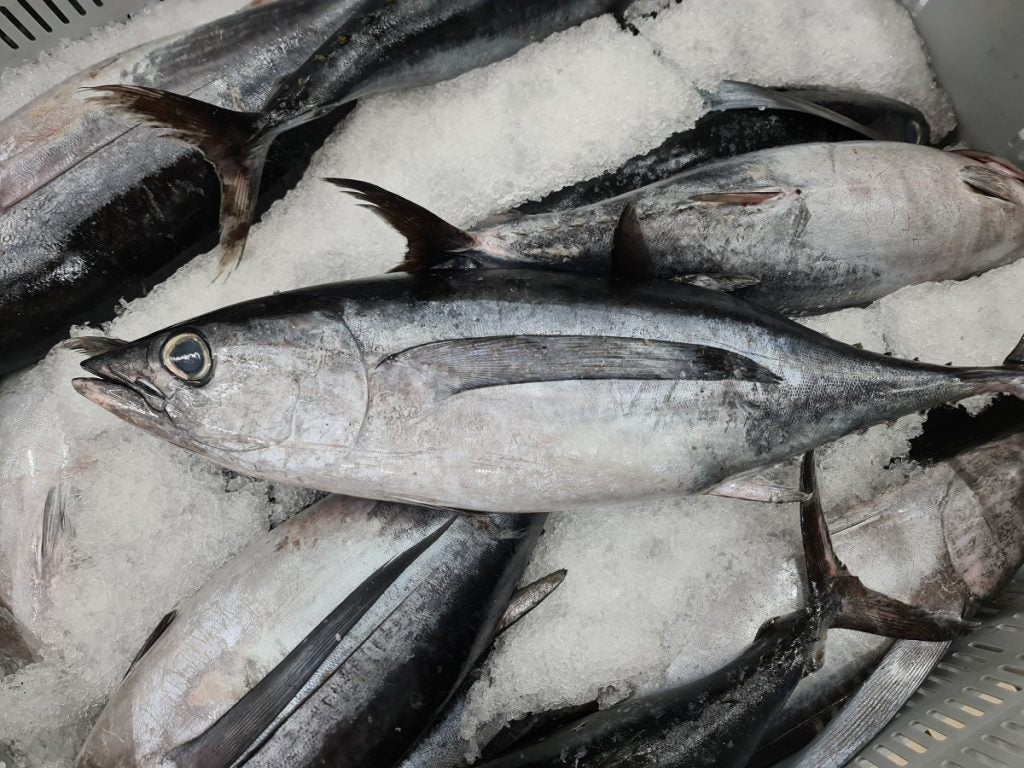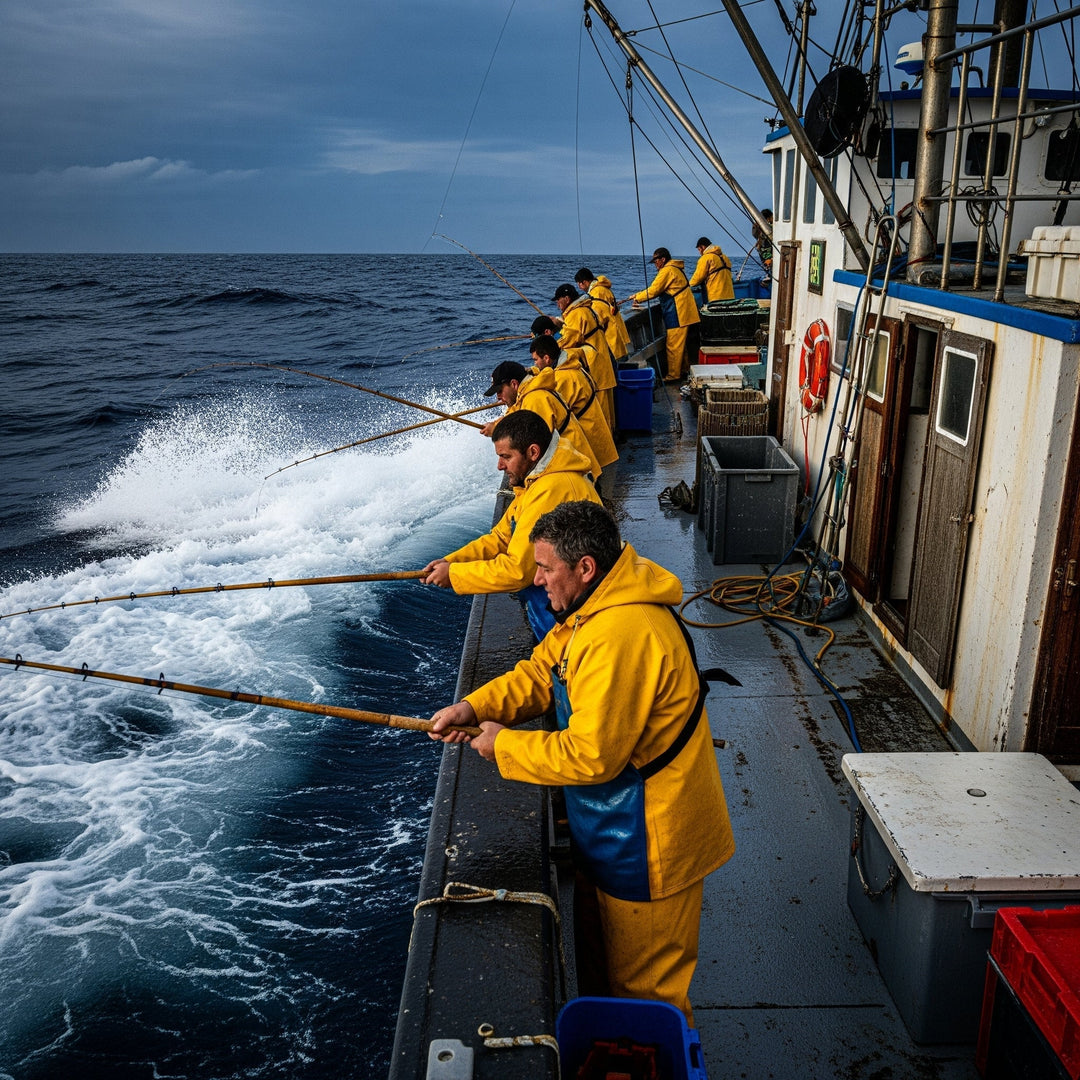Among the many treasures of traditional northern Spanish cuisine, few inspire such fascination as the cococha — or fish cheek. A humble yet exquisite cut, cococha has long been a well-kept secret among fishermen, chefs, and seafood lovers. Today, it’s finally getting the recognition it deserves — not only in high-end restaurants but also in artisanal preserves that bring this delicacy straight to your pantry.
What is a Cococha/Cheek?
The cococha (also known as kokotxa in Basque) refers to the gelatinous, tender part found under the chin of certain fish — most commonly hake, cod, or monkfish. Though small, it is prized for its melt-in-your-mouth texture and elegant, subtly rich flavor.
Traditionally celebrated in the Basque Country and along the Cantabrian coast, the fish cheek is considered a delicacy — a tiny cut with great culinary prestige.
Hake and Its Cococha/Cheek
Among the fish species that yield these prized cheeks, hake (Merluccius merluccius) stands out. This lean white fish is beloved in Spanish kitchens for its fine texture, mild flavor, and versatility. But it’s in the cococha where hake hides its most luxurious bite — soft, unctuous, and perfect for slow cooking.
Hake cheeks require careful handling, as each piece is small and delicate. Their rarity and refined texture are what make them so valuable on the plate.
How Are Cococha/Cheeks Cooked?
Cooking cococha/cheek properly is all about preserving its silky texture. Overcooking can cause it to lose its signature softness. Here are the three most iconic preparations:
-
In green sauce (salsa verde): the classic northern style, made with garlic, parsley, olive oil, and a touch of white wine.
-
Al pil-pil: a traditional Basque emulsion of oil, garlic, and the fish’s natural gelatin — a true test of culinary technique.
-
Breaded and fried: lightly coated in flour and egg, then fried until crisp on the outside and tender inside.
But unless you live near a fish market in northern Spain, finding fresh hake cheeks — and cooking them properly — can be a challenge. That’s where quality conserva steps in.
Hake Cococha/Cheek in Green Sauce by Alalunga
Thanks to the work of small-batch producers like Alalunga, the magic of the cococha has been preserved in jars — literally. Their Hake Cococha/Cheek in Green Sauce is made with local hake from responsible fishing, cooked gently in a traditional sauce of garlic, parsley, and extra virgin olive oil, then packed by hand in glass jars.
It’s a dish ready to enjoy: just heat gently and serve with crusty bread or a side of potatoes.
And for purists, Alalunga’s Hake in Olive Oil is another gem — simple, clean, and elegant, with no distractions from the flavor of the fish itself.
